DROPS Alpaca
An all time favorite made purely from soft alpaca
from:
2.49€
per 50 g
Content: 100% Alpaca
Yarn Group:
A (23 - 26 stitches)
/ 5 ply / sport
Weight/length: 50 g = approx 167 m
Recommended needle size: 3 mm
Knitting tension: 10 x 10 cm = 24 sts x 32 rows
Care: Hand Wash, max 30°C / Dry Flat / Feltable
Made in: Peru
Raw material origin: Alpaca from Peru
This yarn has an Oeko-Tex® certification (certificate number 16.HPE.92779), Standard 100, Class II from the Hohenstein Institute. This means that is has been tested for harmful substances and is considered safe in human-ecological terms. Class II means the yarn is suitable to come in direct contact with the skin to a large extent, such as blouses, shirts, mattresses, etc.
DROPS Alpaca is a lovely yarn spun from 3 strands of 100% superfine alpaca, with an extra twist to provide a durable surface. The alpaca fiber is untreated, which means that it is only washed and not exposed to any chemical treatment prior to the dyeing. This highlights the fiber’s natural properties, while it also provides a better shape and texture quality.
DROPS Alpaca has a large and varied range of patterns available in the DROPS collection. Garments made in this yarn are lightweight and comfortable, super soft directly on the skin, and have a nice, characteristic sheen.
Read more about our products' sustainability here
Please be aware that the colours shown may vary from screen to screen in the same way that shades may vary slightly from dye lot to dye lot.
How do I care for this yarn?

Hand Wash, max 30°C / Dry Flat
First of all, consider just airing the garment, instead of washing it. If you still desire to wash it, here are some guidelines:
- Hand wash at 30ºC - separately - with wool detergent without enzymes or optical brighteners.
- Don’t let the garment soak. Move the garment gently back and forth, do not rub or squeeze it.
- Rinse the garment until the rinse water is completely clear, making sure the water temperature stays uniform.
- Do a light centrifugation of the garment (about 800rpm), choosing a program that DOES NOT take in water at the start. Or press carefully the water out of the garment with a dry towel. The garment shouldn’t be twisted or rolled.
- To dry the garment, shape it and lay it flat - do not hang - ideally on a warm bathroom floor or on top of a drying rack in a room with good air circulation. Never dry the garment in direct sunlight.
- Don’t tumble dry.
Note: If you are washing a project made with this yarn combined with another, the general guideline is to follow the washing instructions for the most delicate of the yarns you are working with.
Thinking about felting this yarn?
See how this yarn looks before and after felting:
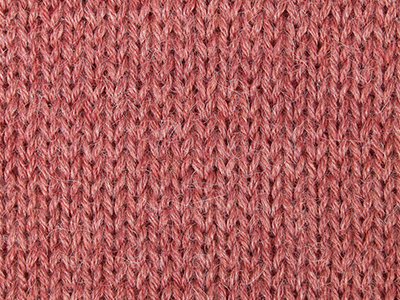
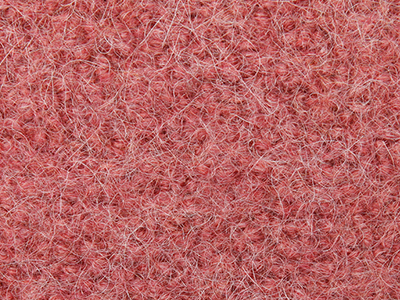
Needles: 5.50 mm
Before: 16 sts x 21 rows
After: 21 sts x 32 rows
Do you have a question about this yarn?
See a list of frequently asked questions (FAQ) about our yarns.
1) What type of fibers make the DROPS yarns?
Yarn can be made from a large number of natural and synthetic fibers. DROPS carries mainly yarns made from wool, cotton, alpaca, linen, mohair and silk. Each fiber type has its own qualities, and they are often mixed to take advantage of the best properties of each one. Coarse yarn has the advantage of being stronger and more durable, and finer fibers offer more softness and comfort. Here a bit about the main fibers we carry:
Alpaca:
Alpaca fleece is the natural fiber harvested from an alpaca, and it is similar in structure to sheep wool fiber. Its softness comes from the small diameter of the fiber, similar to merino wool. It is a soft, durable, luxurious and silky natural fiber. Yarn made from alpaca fibers does not felt or pill easily, and it can be light or heavy in weight, depending on how it is spun. While similar to sheep’s wool, it is warmer, not prickly, and has no lanolin, which makes it hypoallergenic. Alpacas come in 22 natural colors, with more than 300 shades from a true-blue black through browns-black, browns, white, silver and rose-greys.
Mohair:
This fiber comes from the Angora goats, and it's considered a luxury fiber. Mohair yarn is warm as wool, but much lighter in weight; it is durable, dyes well and does not felt easily. Mohair fibers have also a distinctive luster created by the way they reflect light. Despite being a hard fiber, mohair is usually spun into a very fluffy yarn, resulting in airy and lustrous garments.
Wool:
The wool fibers come from the skin of sheep and are relatively coarse fibers. Two striking characteristics of wool are its susceptibility to heat and its felting property, which is caused by the scales on the surface. Depending upon the breed of sheep, the appearance of the wool varies.
Wool from Merino sheep is considered the finest type of wool, having as characteristics that is finely crimped and soft. All the Merino wool in the DROPS yarns has its origins in South America, coming from sheep that have not been subject to Mulesing.
Pure new wool is wool made directly from animal fleece, and not recycled from existing wool garments.
Machine washable wool is wool treated chemically to minimize the outer fuzzy layer of the fibers, and be therefore fitable for machine wash (see Superwash).
Silk:
The silk fiber is a fine continuous fiber produced from the cocoon of a moth caterpillar known as the silkworm. While silkworm is cultivated, the wild or tussah silk is obtained from uncultivated silkworm cocoons. Silk fiber is one of the strongest natural fibers and makes a wonderful knitting yarn. It blends really well with other fibers, especially wool. Silk also dyes beautifully with natural dyes.
Vegetable fibers:
There are several varieties of vegetable fibers, found in the cell walls of plants or vegetables. Of all the varieties, two are recognized as major knitted or textile fibers. They are cotton and linen.
Cotton is the fiber surrounding the seeds in a cotton pod, and it is almost pure cellulose. Cotton is usually white in color but there are green and brown varieties as well. The cotton fiber is most often spun into yarn or thread and used to make a soft, breathable textile that is good for summer clothing and accessories, making a weaker yarn than silk or linen but stronger than wool.
Mercerized cotton is cotton that has been through a mercerization treatment. This treatment gives cotton fabrics and threads a lustrous yarn that is more lustrous than conventional cotton. It is also stronger, takes dye a little more readily, makes the yarn more resistant to mildew and reduces lint. It also may not shrink or lose its shape as much as "regular" cotton.
Linen is a fiber derived from the stalk of the flax plant that is durable and stronger than any other fiber. The linen fiber is relatively soft, straight and lustrous and becomes more beautiful with age. Linen is more comfortable to wear in hot temperatures than cotton, due to the fact that it absorbs moisture better and dries more quickly.
Other materials used in our yarns include synthetic fibers such as acrylic, viscose, polyamide (nylon) and polyester. These fibers are used mostly to give strength to a yarn (like our sock yarn, DROPS Fabel) or a special kind of structure (like our blown yarn, DROPS Air).
The polyamide fibre, commonly known as nylon, is very strong, durable, lightweight, easy to care for (can be machine washed and dried), and elastic, which makes it perfect for blending with other fibres to produce hard-wearing yarns like sock yarn.
Compared to polyester, polyamide is softer and more flexible, but it also absorbs more water and dries slower.
3) What type of information can I find on the DROPS yarn labels?
All DROPS yarn labels include information about fiber content (wool, cotton, etc.), weight in grams and ounces, length in meters and yards, washing instructions and symbols (explained here), color number, dye lot number and yarn group information.
4) What are the DROPS yarn groups?
All DROPS yarns are classified into 6 different thickness groups (A to F). Yarns in a same group have similar knitting tension/gauge, and can therefore be interchanged in patterns; however the length may be different, so when substituting always calculate the amount of meters/yards needed for the pattern to know the amount of yarn you need to get.
5) Can I use a different yarn than the one mentioned in the pattern?
Yes, as long as the yarn can be worked in the same knitting tension/gauge. Always swatch to make sure you get the same number of stitches in width and rows in height as given in the pattern.
Remember that different yarns with different textures, will give the garment different looks. The yardage/length may also be different, so when substituting always calculate the number of yards needed, in order to know the amount of yarn you need.
Read more about how to calculate the amount of an alternative yarn - and how to replace 1 thread of a yarn with 2 or more of another, here.
6) What does it mean when a yarn is “Superwash”?
A superwash wool is a special wool product that has been treated or processed in a way that allows it to be machine washable. Many people are afraid to work with wool because it is so easy to shrink (though some shrink wool on purpose) and superwash wool can allow them to work with great fibers without worry. (Read more here).
7) What does “Oeko-Tex® certified” means?
The Oeko-Tex® Standard 100 was introduced at the beginning of the 1990s as a response to the needs of the general public for textiles which posed no risk to health. The Oeko-Tex® Standard 100 is a globally uniform testing and certification system for textile raw materials, intermediate and end products at all stages of production. The test for harmful substances comprise substances which are prohibited or regulated by law, chemicals which are known to be harmful to health, and parameters which are included as a precautionary measure to safeguard health.
For more info go to www.oeko-tex.com
10) How accurate are the colours on the shade cards online?
When obtaining images for the shade card, we do our best to achieve the highest level of color accuracy. Unfortunately, we cannot guarantee how images will appear on your computer screen. Every monitor displays color differently, some colors might look darker than they really are, and some colors might be more saturated on some screens. If you experience that many of the yarn colors looks different on your screen than the actual color of the skeins, you can adjust the setting on your monitor.
11) What is a micron? What does super fine / extra fine mean?
The fineness of yarn fibers is measured in microns (thousands of millimeters). Super fine alpaca wool is 26-28 microns. Fine merino wool is less than 21.5 microns and extra fine merino is under 19.5 microns. The less microns the softer and more delicate a quality can be, the more microns the more hard wear the quality will be.
The reason why the microns in a yarn’s fibers are important is that the yarn will eventually become something else, and how delicate or coarse a yarn is will determine in part what we use it for. That’s why we recommend the softest yarns (like DROPS Baby Merino) for baby clothing, or why we choose to use a more hard wear yarn like DROPS Snow, for a seating pad or slipper.
12) Why are the colours in my skeins of print yarn different?
The reason why two skeins of a same print yarn look different can be 1) that both skeins are part of different dye lots; 2) that the skeins have been dyed using a technique called "magic print" (the one used for example in DROPS Delight), which provides unique patterns and smooth colour transitions to each skein, meaning also that within one dye lot, lighter or darker varieties might appear. This is no fault or defect, but part of the yarn's character.
13) My store doesn’t have the colour I want, what can I do?
If your DROPS store doesn’t have the yarn colour you want, try contacting a DROPS Super Store (the ones with the golden badges) - they will make sure to get a hold of the colour even if they don’t have it in stock themselves. See a list of all DROPS stores here.
14) Where can I find a specific dye lot of a colour?
Always try contacting your DROPS store first. If they do not have the dye lot you want we recommend you to ask other knitters and crocheters in the DROPS Workshop in Facebook or Ravelry, which may have the dye lot in their stash and might be willing to part from it.
Yarn sheds because there's not enough twist to hold all of the fibers together. All yarns have excess fibers (from production) that might come off as lint or shedding, in varied degrees that depend on how the yarn is spun. Brushed yarns ("hairier" yarns) like DROPS Melody, have more of these loose fibers than other yarns, and therefore shed more. Shedding also depends on what is worn under or over the garment, and whether this pulls at the yarn fibers. It’s therefore not possible to guarantee that there will be no shedding.
Below are some tips on how to get the best result when working with hairier yarns:
- When the garment is finished (before you wash it) shake it vigorously so the looser hairs come off. NOTE: do NOT use a lint roller, brush or any method that pulls at the yarn.
- Place the garment in a plastic bag and put it in your freezer - the temperature will cause the fibers to become less attached to each other, and excess fibers will come off easier. Leave in the freezer for a few hours before taking it out and shaking it again.
- Wash the garment according to the instructions on the yarn label. Garments worked with hairier yarns usually need to be shaken once dry after washing, so that the hairs rise and any excess fibers can come off.
Pilling is a natural process that happens to even the most exclusive of fibers. It's a natural sign of wear and tear that is hard to avoid, and that is most visible in high friction areas of your garment like a sweater's arms and cuffs.
You can make your garment look as new by removing the pilling, using a fabric comb or a pill/lint remover.
How can I replace this yarn?
If you are looking to replace this yarn with another DROPS yarn, you can use another yarn within the same yarn group, or try our yarn converter!
Other yarns in Yarn Group A
Read more about replacing yarn.Have a problem with the DROPS yarn you purchased?
When you purchase yarn from the shade cards or patterns on our site, you are not buying directly from DROPS but from one of the hundreds of DROPS stores around the world. It is therefore important that you take contact with the DROPS store where you bought the yarn, and that you save the labels of all the skeins you purchased (they are your warranty).
The DROPS store you contact will assist you and escalate the claim if necessary. Find a list of DROPS stores here.
Comments / Questions (501)
![]() Rosmarie Johannesson wrote:
Rosmarie Johannesson wrote:
Varför finns inte diagrammet till Drops mönster nr 180-2
26.09.2020 - 14:16DROPS Design answered:
Hej. Alla diagram till mönster 180-2 finns längst ner på mönstret. Mvh DROPS Design
29.09.2020 kl. 09:48
![]() Britt Johansson wrote:
Britt Johansson wrote:
Hej Kan jag använda detta garn till mönster Reykjavik där drops Lima är orginalgarnet. Alpacagarnet är tunnare så jag får väl göra ett stickprov och ändra maskantalet eller?? Mvh Britt
24.09.2020 - 18:55DROPS Design answered:
Hej Britt. Om du ska byta ut ett garn mot ett annat så måste du byta till ett i samma garngrupp för att få stickfastheten att stämma. DROPS Lima tillhör garngrupp B och DROPS Alpaca tillhör garngrupp A så det går dessvärre inte att använda till det mönstret (om du inte själv vill räkna om mönstret såklart). Mvh DROPS Design
25.09.2020 kl. 13:26
![]() Roberta Jones wrote:
Roberta Jones wrote:
Hello, one more question. Could you please tell me which of the pure alpaca yarn is natural, undyed colors. and most minimally treated. Thank you so much, Roberta
24.09.2020 - 16:09DROPS Design answered:
Dear Mrs Jones, only 0100 is currently undyed - even grey and brown are currently dyed because of a lack of these colours. Happy knitting!
25.09.2020 kl. 16:26
![]() Bente Larsen wrote:
Bente Larsen wrote:
Jeg vil gerne bestille 3 nøgler garn. Det skal gerne være: Drops Sky mix - super soft, in Baby Alpaca and Merino Wool - colour 03 . Det står også 255. Lys grå meleret. Syntes ikke jeg kan finde farve nr. Med venlig hilsen Bente Larsen Tlf. 5047 8112
22.09.2020 - 19:15DROPS Design answered:
Hej Bente. Ta kontakt med en av våra forhandlere (det finns flera du kan ringa till om du önskar det) så kan du beställa garnet hos en av dem. Mvh DROPS Design
25.09.2020 kl. 13:40
![]() Ohlin wrote:
Ohlin wrote:
J‘ai trouvé un modèle tricoté avec du Alpaca, ce qui suppose des aiguilles nr. 3, mais le modèle aurait été réalisé avec du nr. 8 ! Y a-t-il une autre qualité Drops Alpaca pas reprise ici? Le modèle est expliqué en norvégien (je maîtrise), suis danoise).
21.09.2020 - 19:29DROPS Design answered:
Bonjour Mme Ohlin, s'agit-il de l'un de nos modèles? Si oui, lequel que nous vérifiions ensemble - vous pouvez retrouver toutes nos laines contenant de l'alpaga ici - ce pull se tricote par ex avec des aiguilles 9et 4 fils Alpaca tricotés ensemble. C'est peut-être la raison pour laquelle on utilise des aiguilles 8 si on tricote plusieurs fils Alpaca entre eux?
22.09.2020 kl. 12:05
![]() Margaret Goodson wrote:
Margaret Goodson wrote:
Hello, I am currently knitting a cardigan with Drops Alpaca. The new ball I was about to start keeps shredding and snapping every twelve inches or so. I’ve never had this problem before and am very disappointed.
05.09.2020 - 19:47DROPS Design answered:
Dear Mrs Goodson, we are sorry to hear that, if you think there is something wrong with the yarn, you are welcome to contact your DROPS store giving them all relevant informations. Happy knitting!
07.09.2020 kl. 10:23
![]() Ann Randi Breivik wrote:
Ann Randi Breivik wrote:
Har begynt å strikke, men oppdager jeg har for lite garn og det er kjøpt for lenge siden. Det er Drops Alpaca 100 % Alpaca farge 7139 294466. Kan d skaffes 2 nøster?
05.09.2020 - 09:47
![]() Jayet wrote:
Jayet wrote:
Bonjour, je voudrais commander de la laine mais je ne trouve pas comment. cordialement
27.08.2020 - 14:03DROPS Design answered:
Bonjour Mme Jayet, vous pouvez cliquer sur l'icône verte avec un petit caddie dedans pour voir la liste des magasins qui ont la DROPS Alpaca en stock - choisissez votre magasin et cliquez sur "commander" pour être redirigée vers leur boutique en ligne. Vous trouverez également ici, la liste de tous les magasins DROPS en France. Bon tricot!
28.08.2020 kl. 08:34
![]() Laurence Iriart wrote:
Laurence Iriart wrote:
Bonjour, J'aime énormément tricoter votre laine "alpaga". Serait-il possible de savoir quelles sont les couleurs qu'on voit sur les photos ? Merci beaucoup
22.08.2020 - 19:22DROPS Design answered:
Bonjour Mme Iriart, bien volontiers, indiquez-nous les photos dont vous souhaitez connaître les couleurs. Rappelez-vous également que votre magasin DROPS saura vous aider à choisir vos couleurs, même par mail ou téléphone. Bon tricot!
24.08.2020 kl. 09:28
![]() Germana wrote:
Germana wrote:
Hi, is your alpaca cruelty free? https://investigations.peta.org/alpaca-wool-abuse/ Best regards
13.08.2020 - 13:45DROPS Design answered:
Dear Germana, yes, sure - all our yarns are from ethical resources and farms. Happy knitting!
09.09.2020 kl. 17:27
![]() Autumn Johnson wrote:
Autumn Johnson wrote:
Hey guys! I'm wanting to knit this sweater and I've been looking all over for the right yarn. The original yarn for the pattern is discontinued and it was 80% Acrylic, 10% Nylon, 10% Mohair and fingering weight yarn. I'm looking to go with natural fibers, and I'm looking for softness, and drape (the sleeves are puffed). I'm thinking Alpaca Drop may be the yarn for me, but I'm not sure. Can you help me figure out if it will do what I want or if there's a better option for me.
11.08.2020 - 19:01DROPS Design answered:
Dear Mrs Johnson, please contact your DROPS Store - even per mail or telephone, you will be helped to choose the best matching yarn for your project. Happy knitting!
12.08.2020 kl. 08:21
![]() Anne Kristensen wrote:
Anne Kristensen wrote:
Det undrer mig, at prisen på garnet er en del billigere angivet på jeres hjemmeside for butikken Fikse fingre, end det er på deres hjemmeside (har pt tjekket både Cloud og Alpaca)?? Jeg synes ellers altid, at jeres prisangivelser plejer at være samstemmende med butikkernes.
08.08.2020 - 01:14
![]() Kathleen wrote:
Kathleen wrote:
Do you alpaca in a pale yellow color 2110 any longer?
06.08.2020 - 18:52DROPS Design answered:
Dear Kathleen, correct, this colour is now discontinued. Happy knitting!
07.08.2020 kl. 08:24
![]() Lalage Percival wrote:
Lalage Percival wrote:
I don’t seem able to find a place on your website to buy yarn. I want 100% Alpaca Dark Grey (506), probably four rolls if they are 50 g). Could you ,et me know if there is another website I can use to buy this? Many thanks, Lalage
29.07.2020 - 18:15DROPS Design answered:
Dear Lalage, click on the green icon below prices to see all stores carrying this yarn - and/or find here the list of DROPS retailerrs. Happy knitting!
30.07.2020 kl. 09:38
![]() MARIA CRISTINA ELVAS wrote:
MARIA CRISTINA ELVAS wrote:
Onde posso comprar um mostruário destas lãs? (eu sei que lotes diferentes podem ter cores diferentes, mas é muito difícil ver bem a cor apenas no ecran do computador). Obrigada.
28.07.2020 - 12:53DROPS Design answered:
Boa tarde, Aconselhamo-la a contactar directamente uma das lojas DROPS para o mercado português. Eis a lista das lojas: https://www.garnstudio.com/findastore.php?id=28&cid=28 Bons trabalhos!
09.09.2020 kl. 16:04
![]() Ulla Hedhammar wrote:
Ulla Hedhammar wrote:
DROPS ALPACA från Garnstudio (tillhör garngrupp A) 250-300-300-350-350-400 g färg 618, ljus beige 50-50-50-50-50-50 g färg 100, natur 50-50-50-50-50-50 g färg 607, ljus brunmelerad 50-50-50-50-50-50 g färg 2020, ljus kamel 50-50-50-50-50-50 g färg 403, mellanbrun har ni dessa färger och vad är ert pris?
24.07.2020 - 09:07DROPS Design answered:
Hej Ulla, klik på handle-kurven som er lige ovenfor farverne i farvekortet, så vælger du en butik hvor du vil købe garnet (vælger du en med rosett efter så fører de hele sortimentet) God fornøjelse!
06.08.2020 kl. 09:18
![]() Rachel Goldstein-Couto wrote:
Rachel Goldstein-Couto wrote:
Hi I picked out a bunch of drops alpaca colours on your site for sweater - when I went onto wool warehouse and some of the colours (I used the corresponding numbers from the drops site to the wool warehouse site) looked VERY different between the 2 sites? Which one should I consider correct? thanks Rachel
23.07.2020 - 01:21DROPS Design answered:
Dear Rachel, at the end of the information page of the yarn, behind the colour list, you can find the next statement: "Please be aware that the colours shown may vary from screen to screen in the same way that shades may vary slightly from dye lot to dye lot." Therefore, we can't assure that the color you buy will be exactly like either of those photos. You could browse patterns in our website made with these shades to see the variance in color.
30.09.2020 kl. 23:43
![]() Kate wrote:
Kate wrote:
Do you source from large or small farms in Peru please? Can you guarantee there is no c.r.u.e.l.t.y in the shearing process at the farms you do use? Can you please confirm that the alpacas at the farms you use are free to roam and are not k.i.l.l.e.d for their food at any time during their lives?
21.07.2020 - 09:40
![]() Elisabeth Netzell wrote:
Elisabeth Netzell wrote:
Har tankt sticka en kofta efter ett 60-talsmonster. Triplex kamgarn 650 g, sticker 3 o 31/2. 24 m pa stickor 31/2 , 10 varv blir 10 cm. Jag ar nyborgare o undrar om jag Kan anvanda det har garnet o vad skall jag tanka pa. Mvh Elisabeth Netzell
19.07.2020 - 10:46DROPS Design answered:
Hej Elisabeth, det du skal tænke på er at overholde strikkefastheden som står i mønsteret. Da får du også den størrelse som står i mønsteret. God fornøjelse!
06.08.2020 kl. 09:09
![]() Claire Nyen wrote:
Claire Nyen wrote:
Jeg trenger mini alpaca og Suri alpaca i en varm brun, varm hvit eller varm grå farge. Jeg trenger 5/6 av hver. Hvordan finne jeg riktig typene med en farge jeg ønsker til beste pris? Kan sikkert ha en lignende erstatning. Det blir først genseren min og jeg har ikke lyst til bruke MYE penger på det i tilfelle at det blir en veldig dyr «hjemmegenser!»:)
18.07.2020 - 19:39DROPS Design answered:
Hei Claire. Vi bruker ikke betegnelsen mini eller suri i våre alpaca kvaliteter. Vi har 3-4 kvaliteter med Alpaca i garngruppe A (= tynt garn). 1) DROPS Alpaca: 100% superfin alpakka til kr. 26,-. 2) DROPS Flora: 65% Ull, 35% Alpakka og har en pris på kr. 20,- 3) DROPS Nord: 45% Alpakka, 30% Polyamid, 25% Ull til kr. 21,-. 4) DROPS BabyAlpaca Silk: 70% baby(=suri) alpakka og 30% mulberry silke, her er prisen noe dyrere, 44 kr. Om du ser på oversikten over disse kvaliteten ser du fargene og du kan se om noen butikker har «deals» på disse kvalitetene (lavere pris). God Fornøyelse!
10.08.2020 kl. 07:22
![]() Françoise wrote:
Françoise wrote:
Bonjour, à quelle adresse e-mail peut-on vous signaler qu'un magasin drop figurant dans votre liste n'honore plus les commandes mais encaisse toujours les règlements? Cordialement.
10.07.2020 - 14:12DROPS Design answered:
Bonjour Françoise, tous les magasins de la liste sont toujours en activité, peut être réduite de par les vacances, avez-vous essayé de le joindre par mail, téléphone ou bien via les réseaux sociaux pour en savoir plus? Vous pouvez nous contacter à france@garnstudio.com
13.07.2020 kl. 09:47
![]() Kerstin Lindroos wrote:
Kerstin Lindroos wrote:
Perulainen alpakkalanka on saanut huonon maineen eläinten huonon kohtelun vuoksi ja monet langantuottajat ovat sanoneet yhteistyön irti. Mitä aiotte tehdä asian suhteen?
03.07.2020 - 13:20
![]() Karla Rios wrote:
Karla Rios wrote:
Hola como puedo adquirirlos soy de Trujillo Perú.
01.07.2020 - 17:39DROPS Design answered:
Hola Karla, puedes encontrar las tiendas con envío internacional en el siguiente enlace: https://www.garnstudio.com/findastore.php?s=w&cid=23
30.09.2020 kl. 23:55
![]() Aidrienne Branagan wrote:
Aidrienne Branagan wrote:
Is it possible to buy actually Drops wool Sample cardS.
28.06.2020 - 14:08DROPS Design answered:
Dear Mrs Branagan, please contact your DROPS store - even per mail or telephone if they can provide you some samples. We do not have such cards, but your DROPS store might be able to help you. Happy knitting!
29.06.2020 kl. 14:58






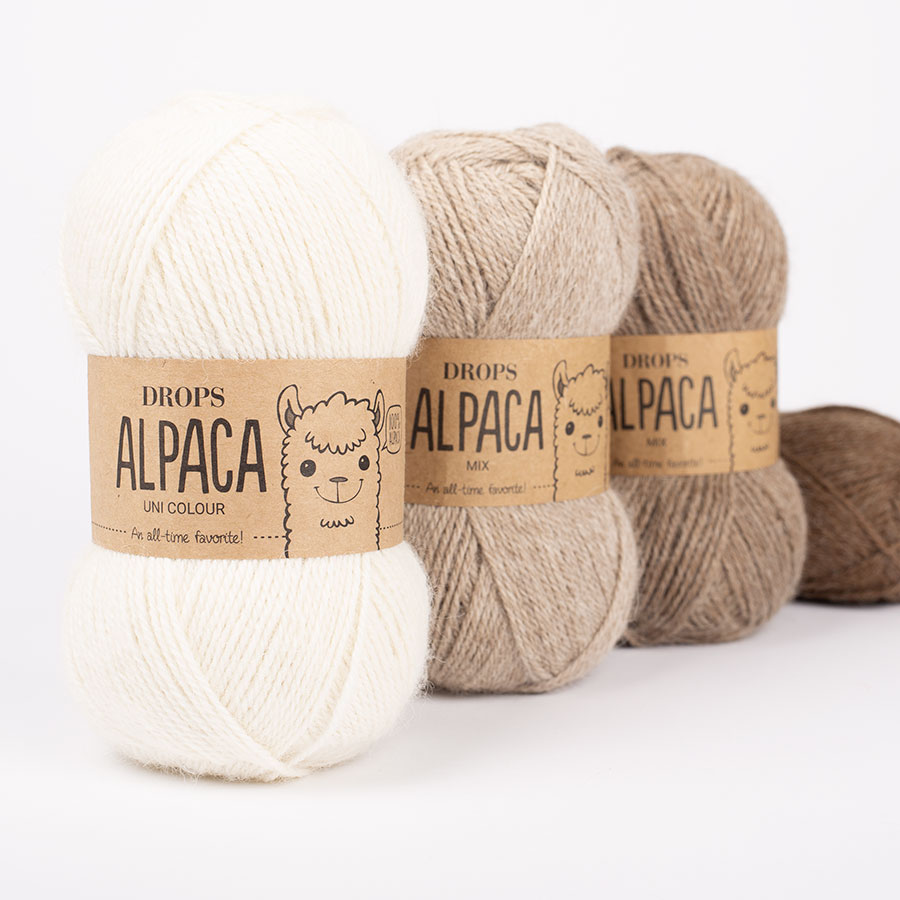
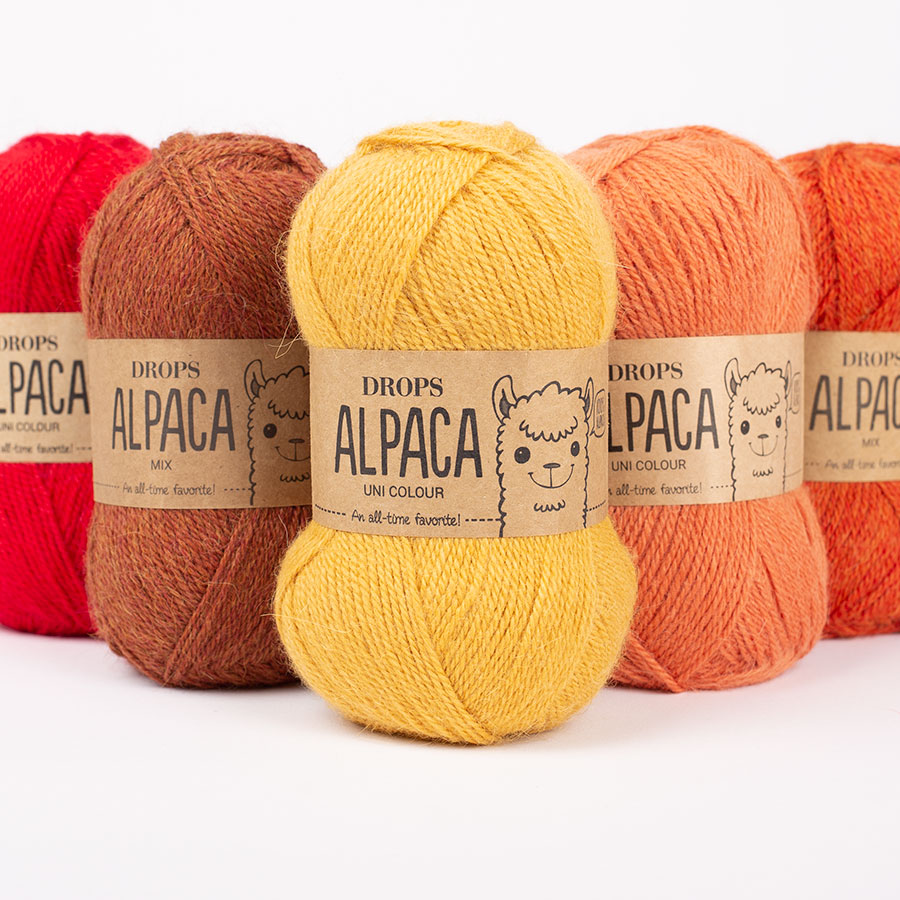
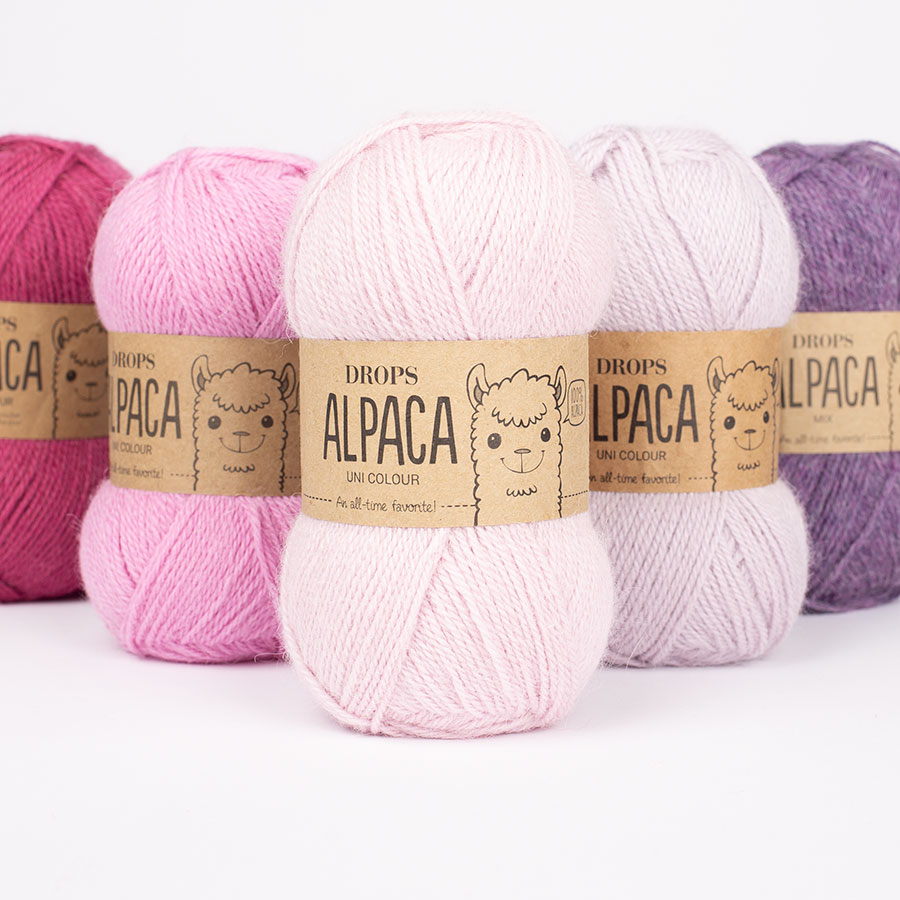
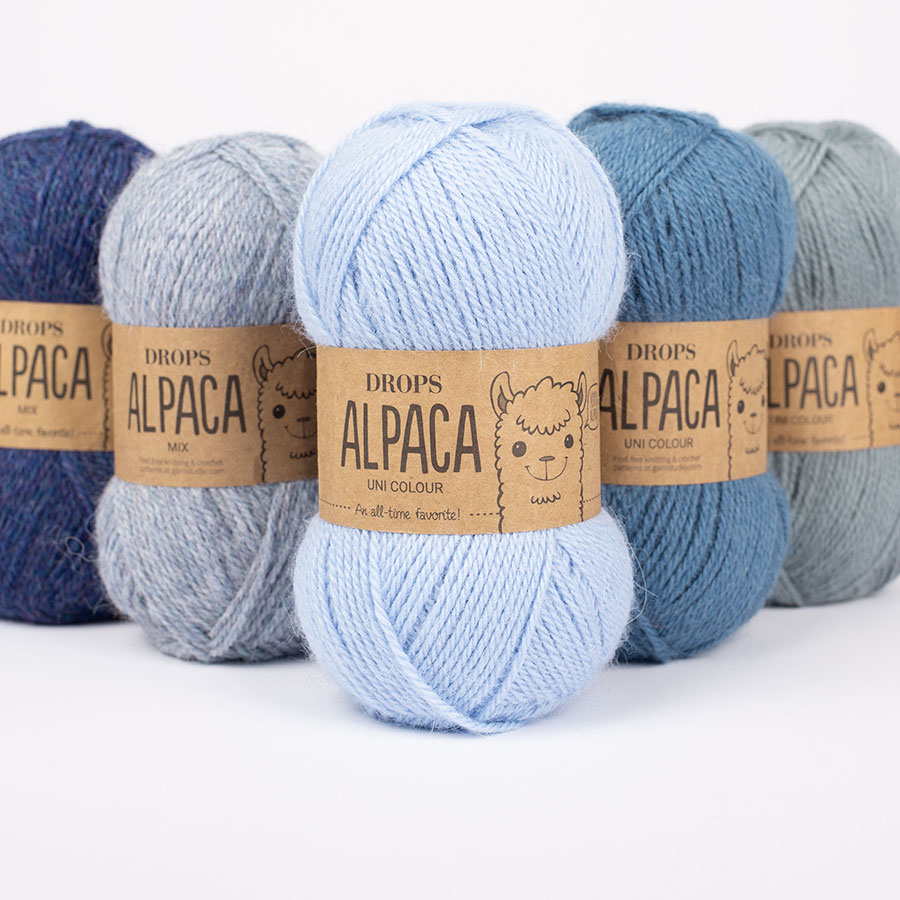

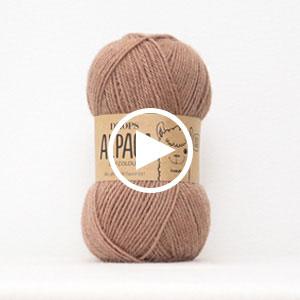

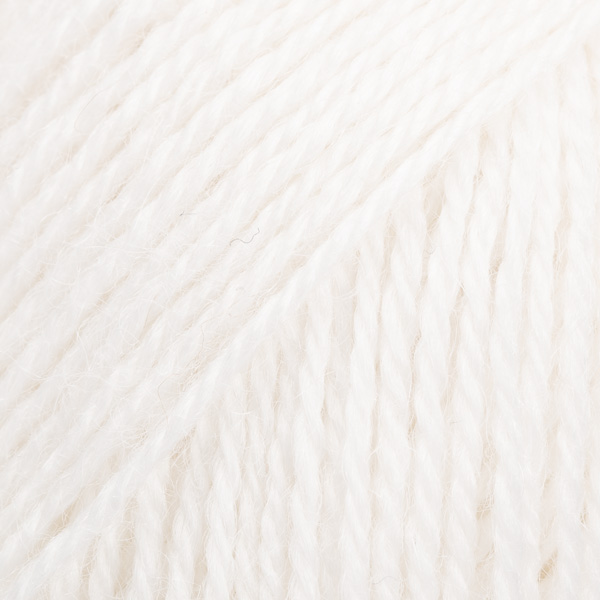






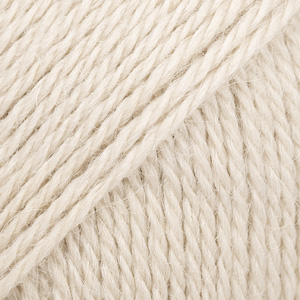
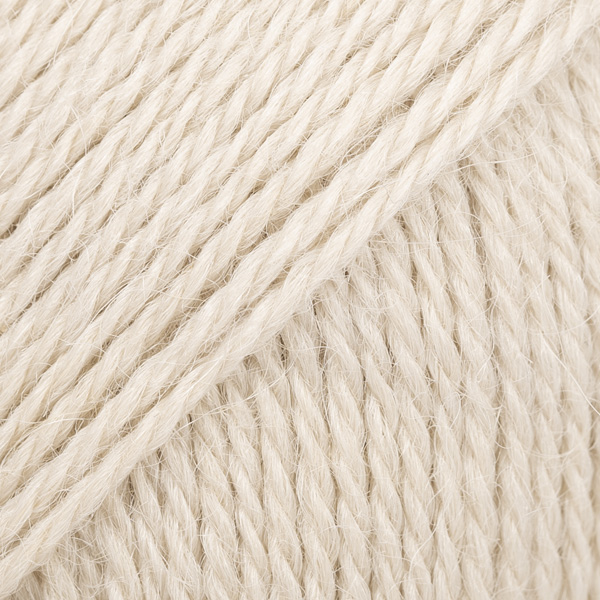
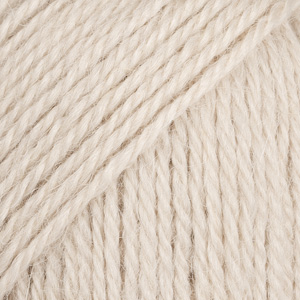
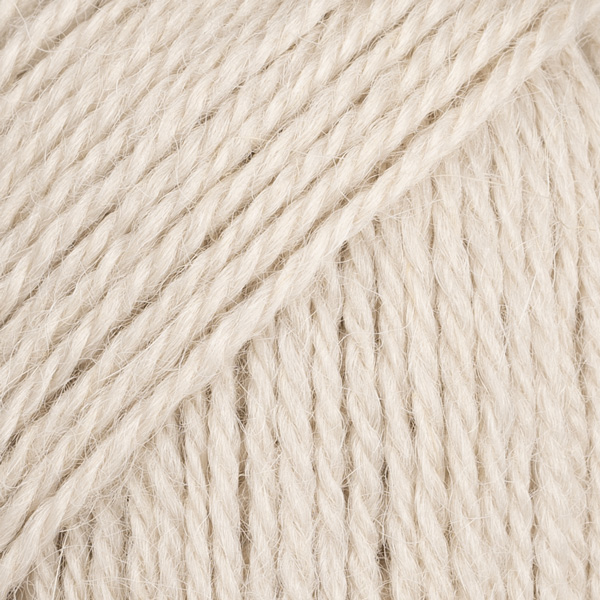


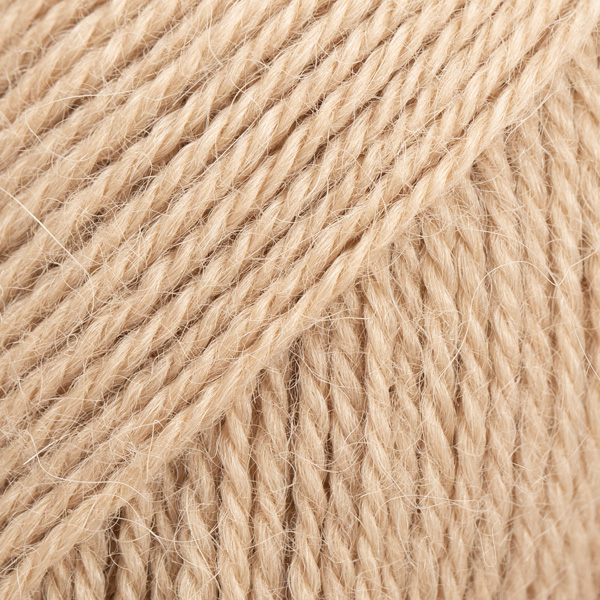
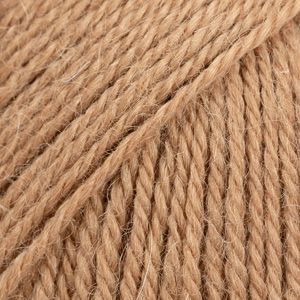
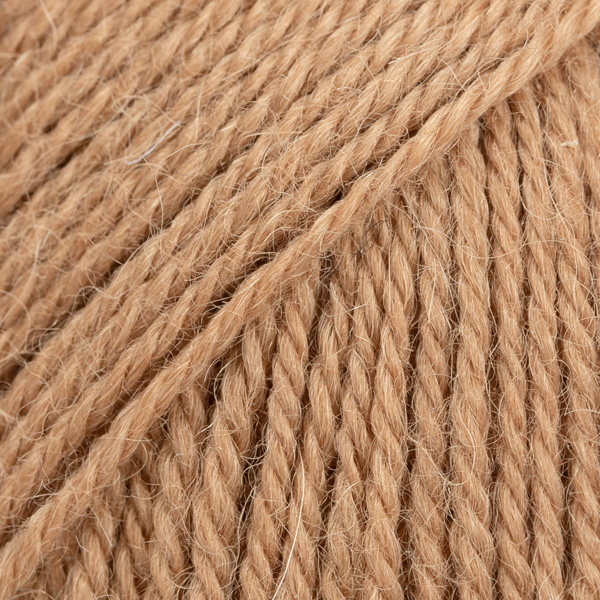
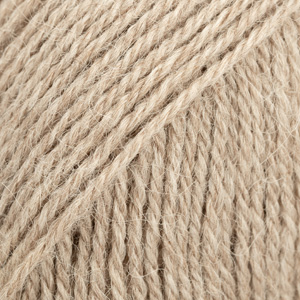
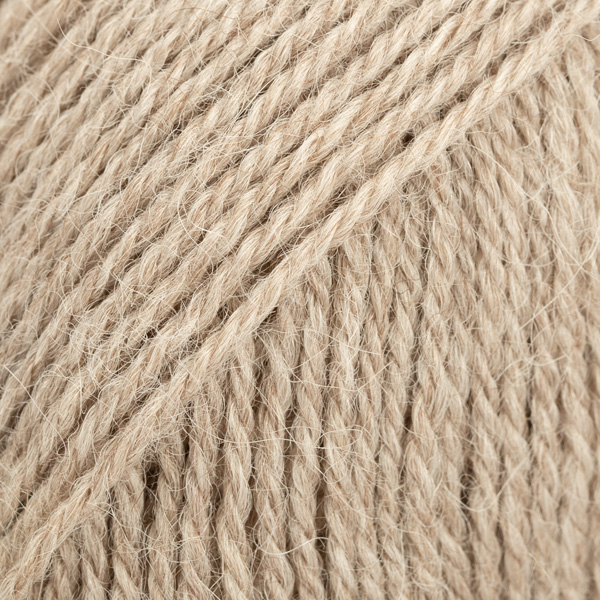








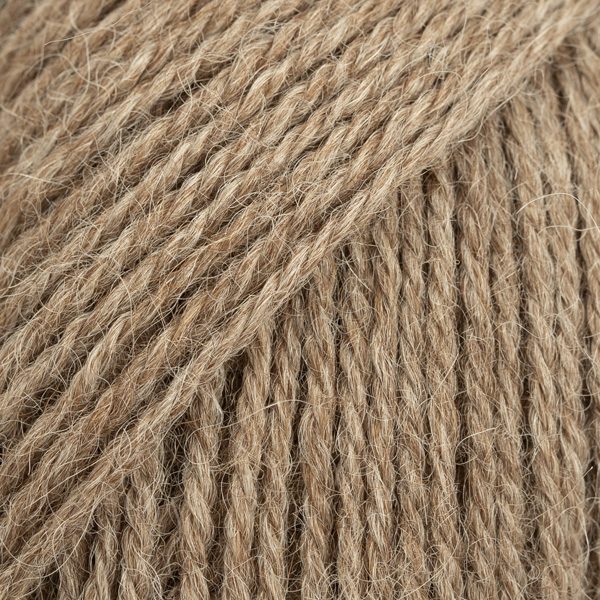
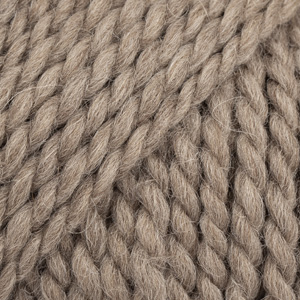

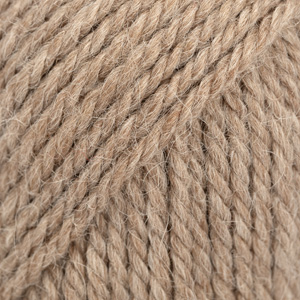


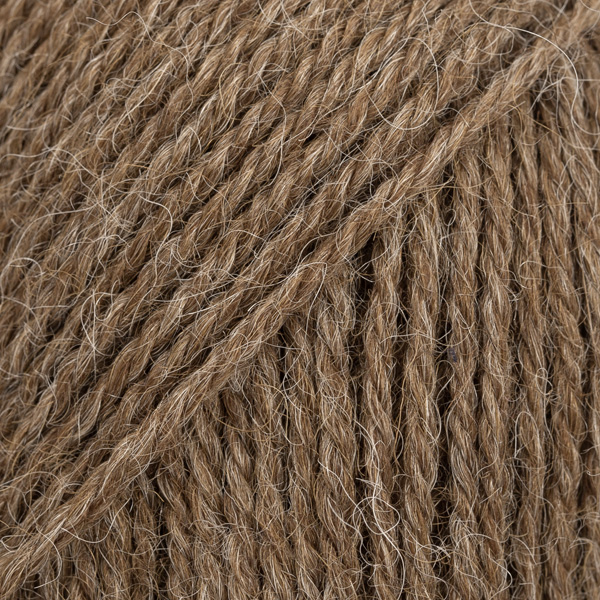
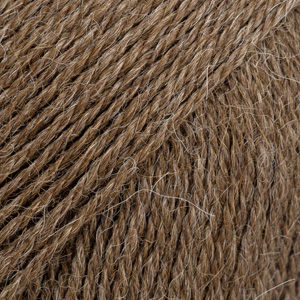
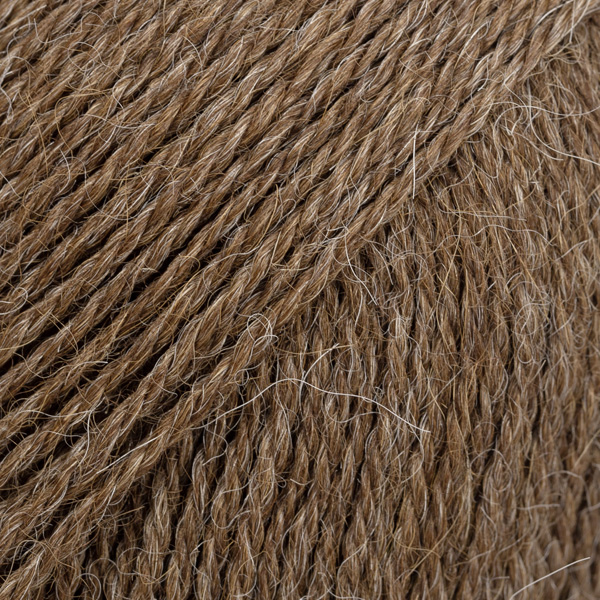
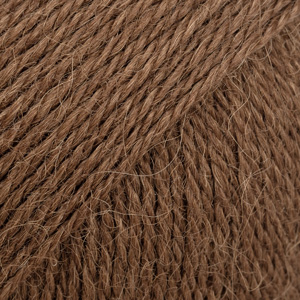
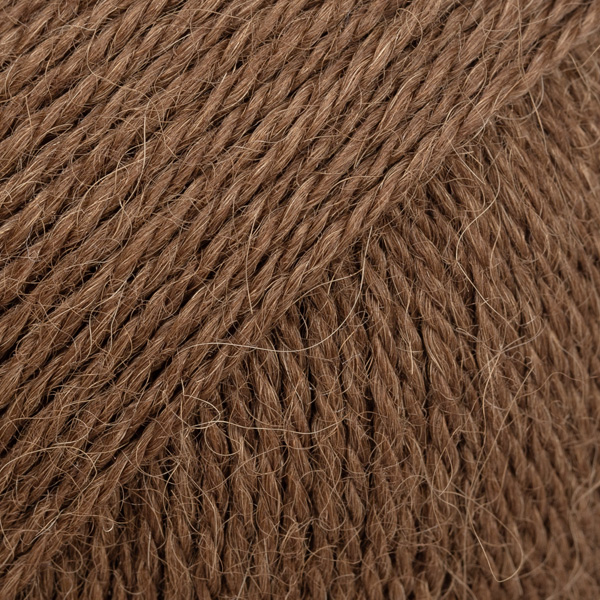


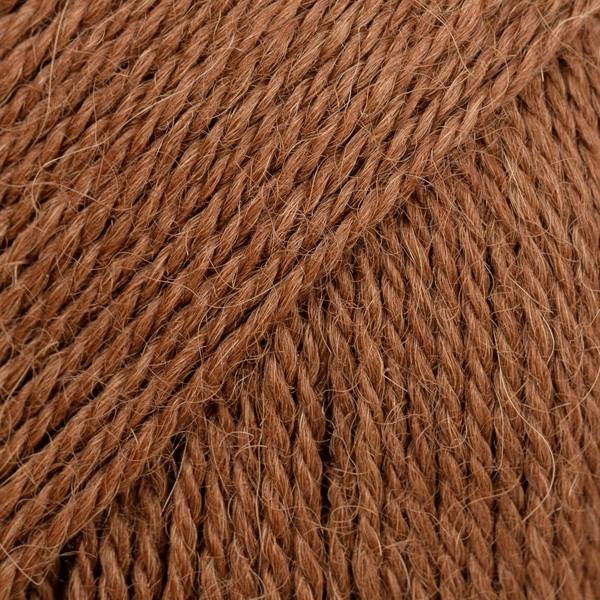
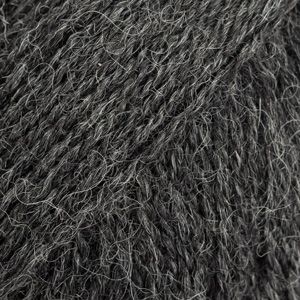
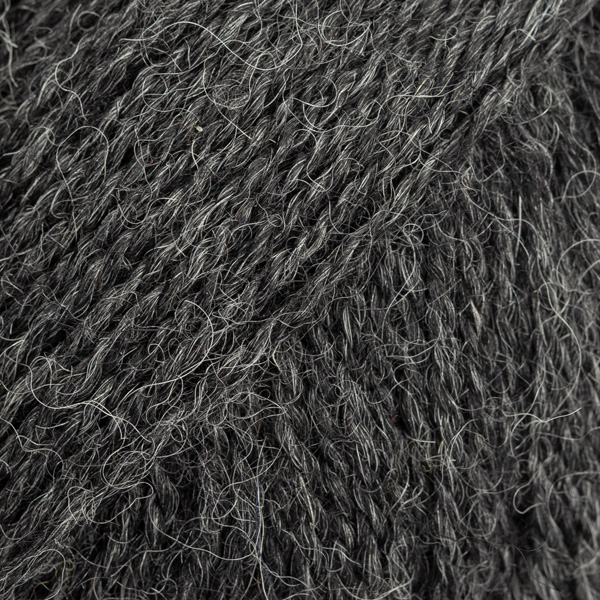






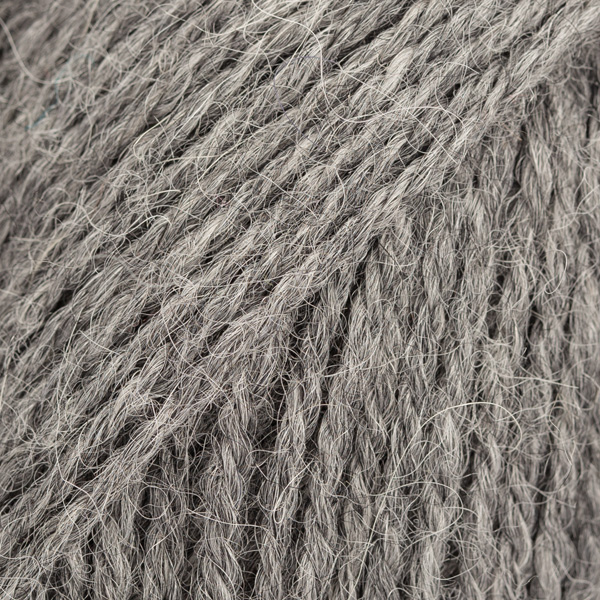
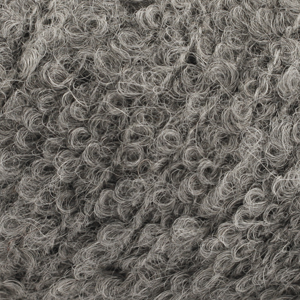






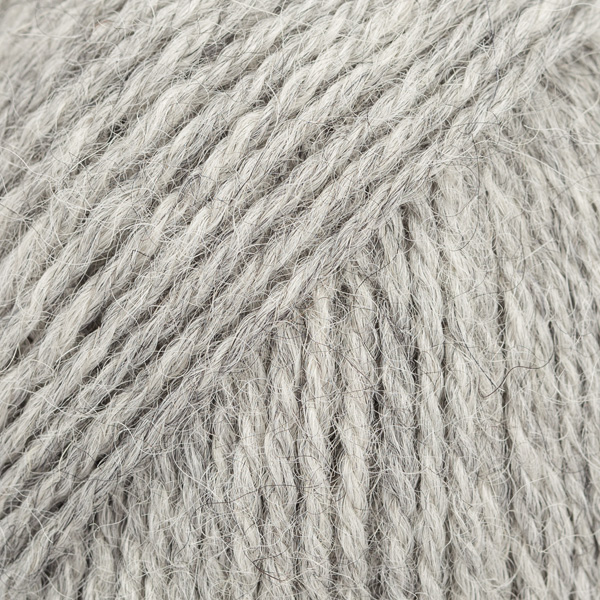


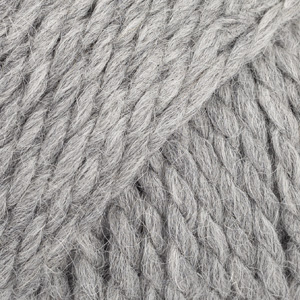

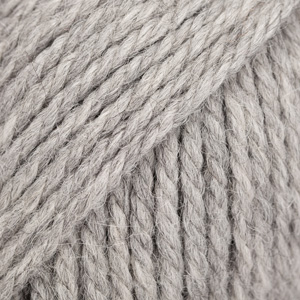

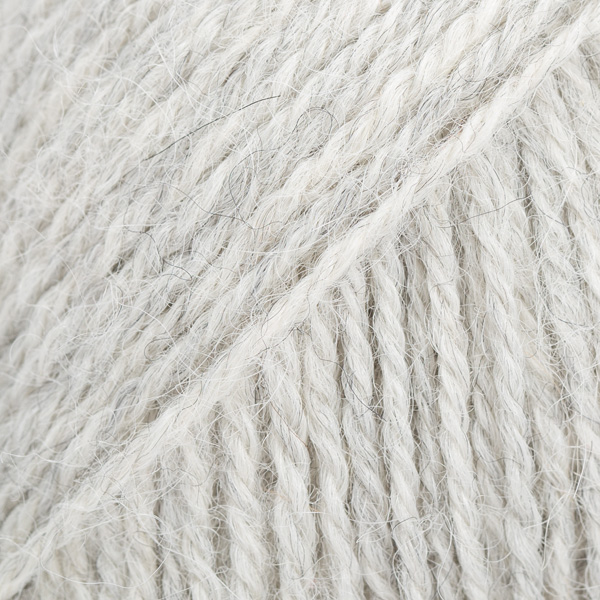

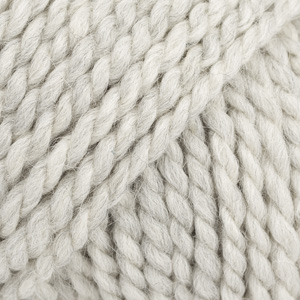








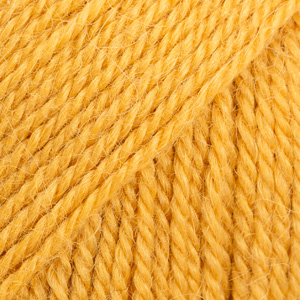
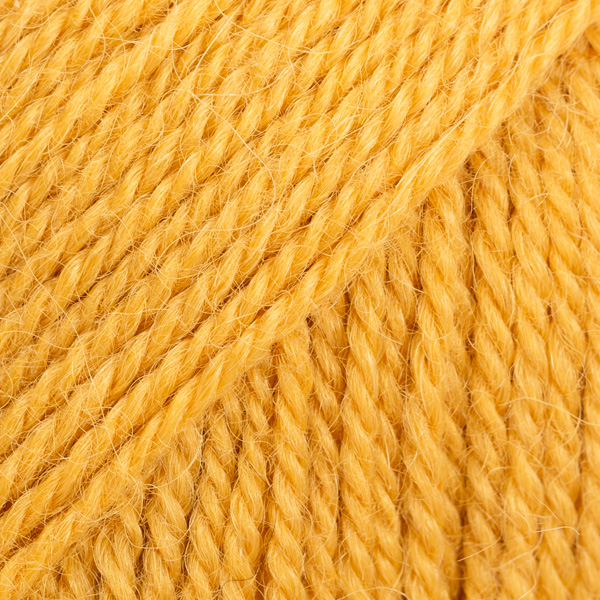


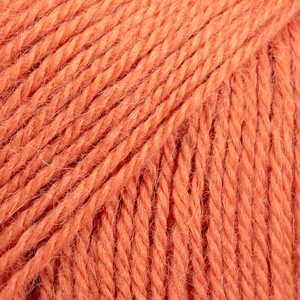
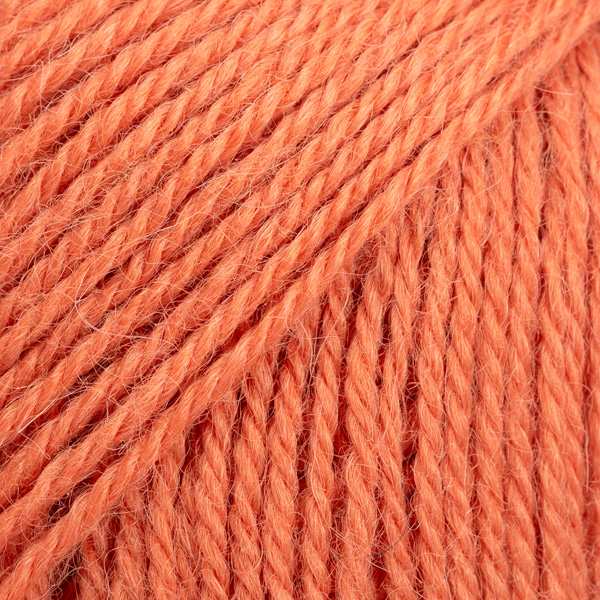
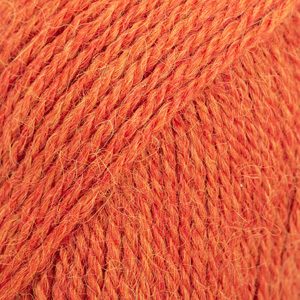
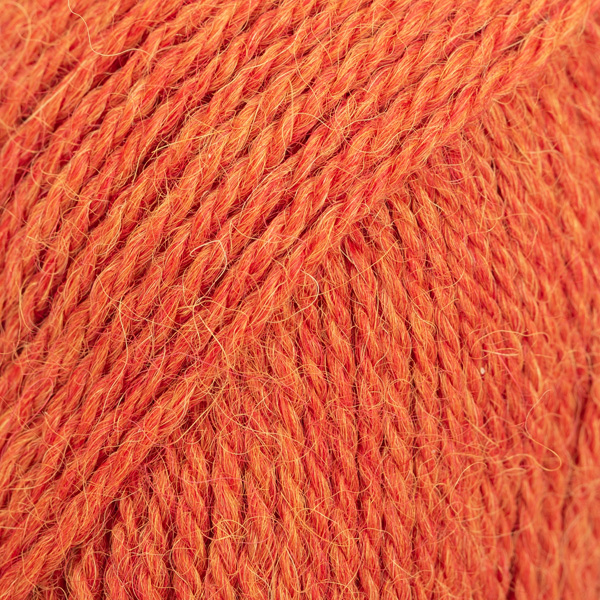
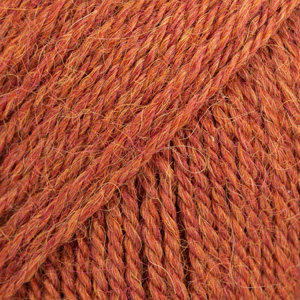
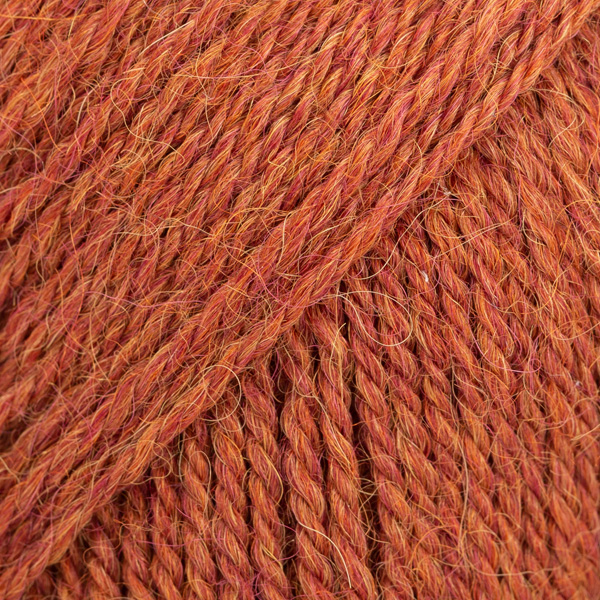
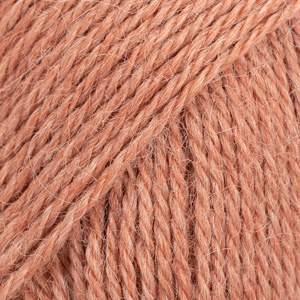
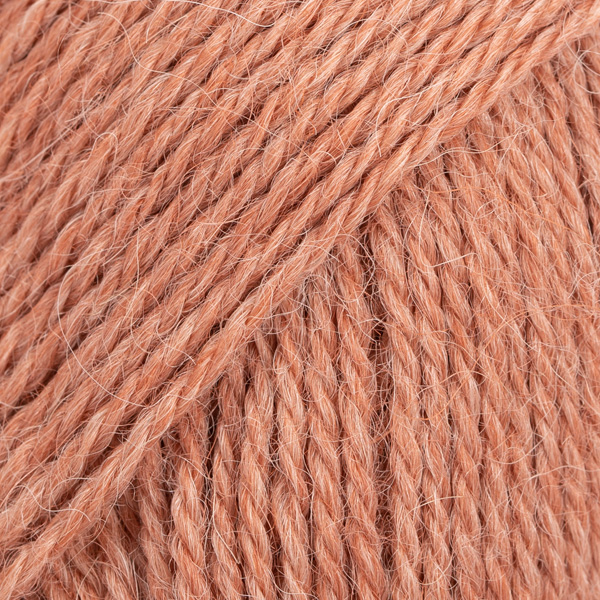
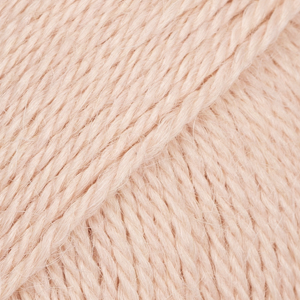
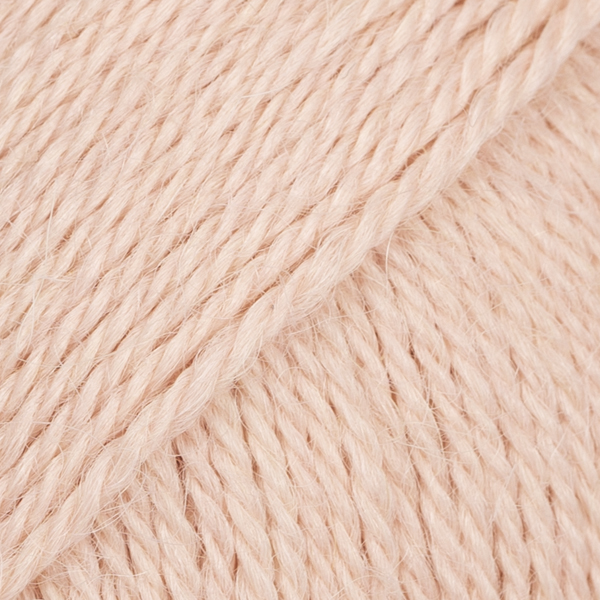

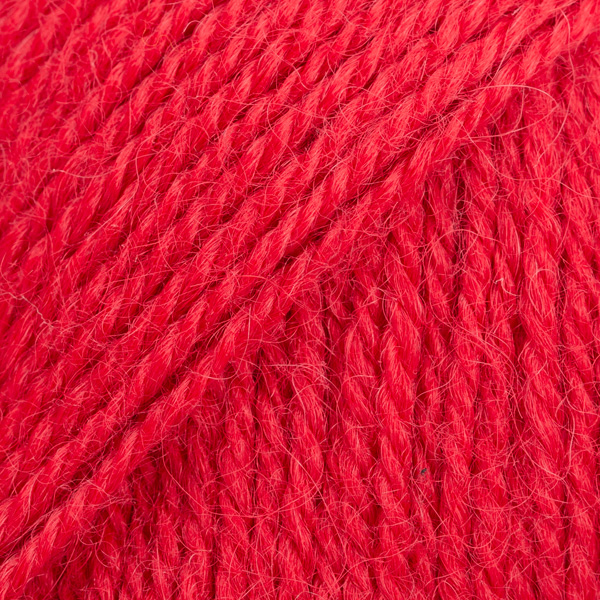







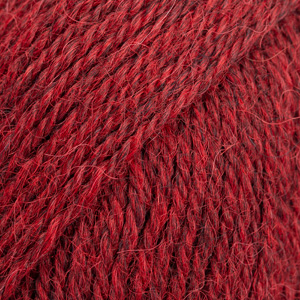
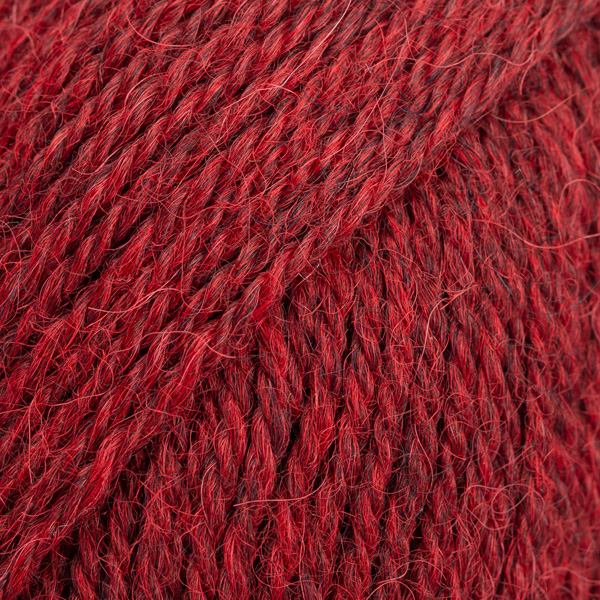

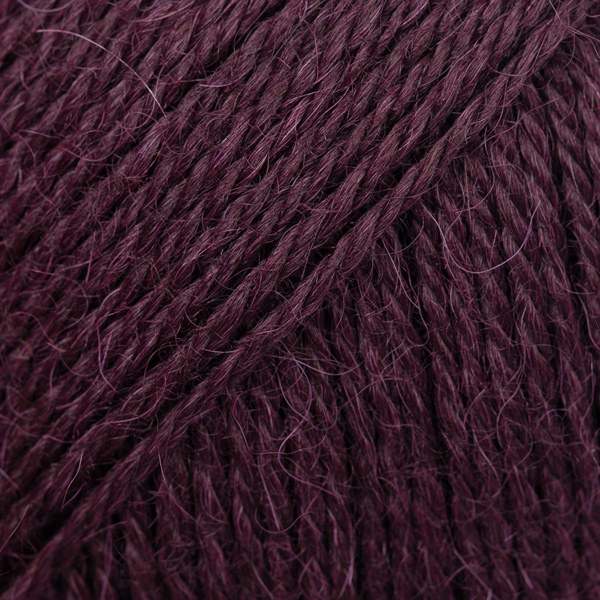


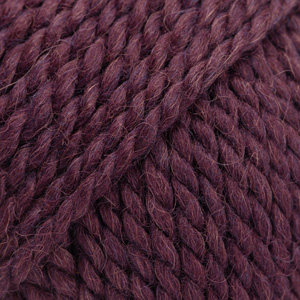



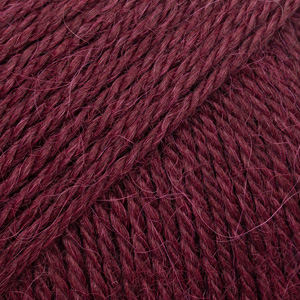
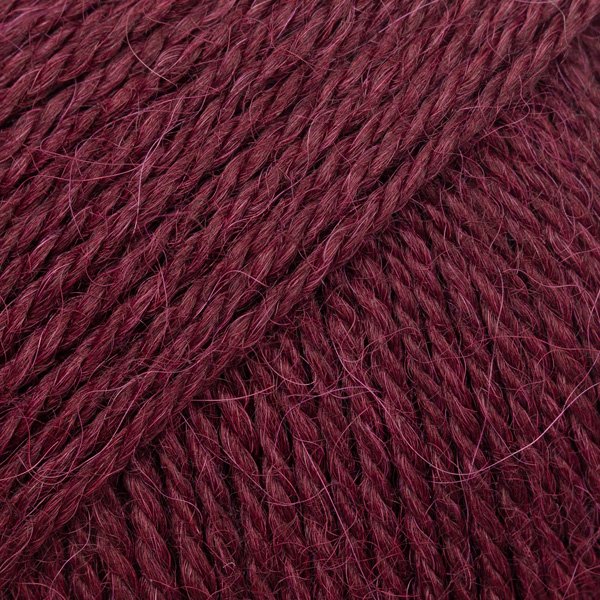
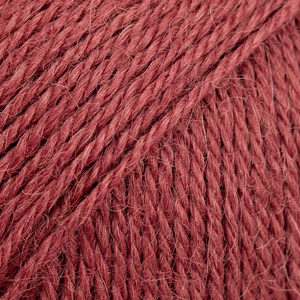
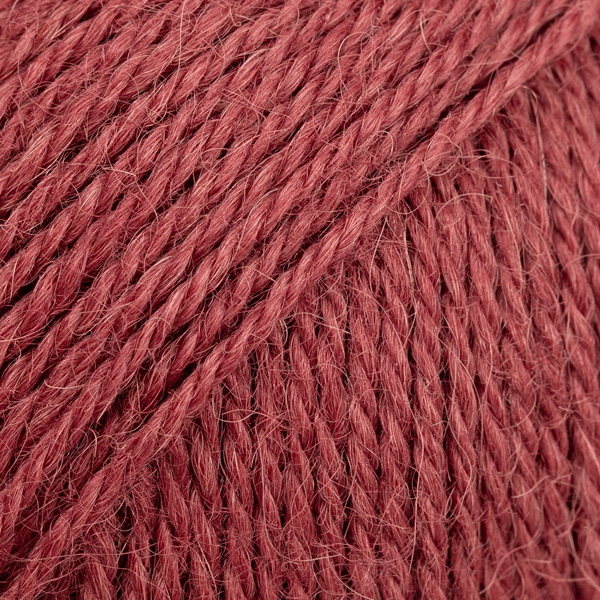

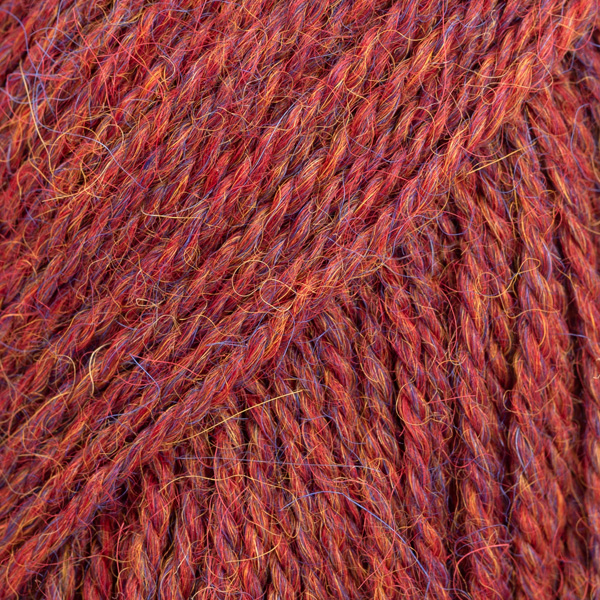
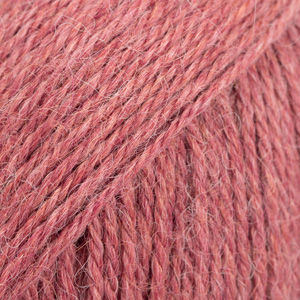
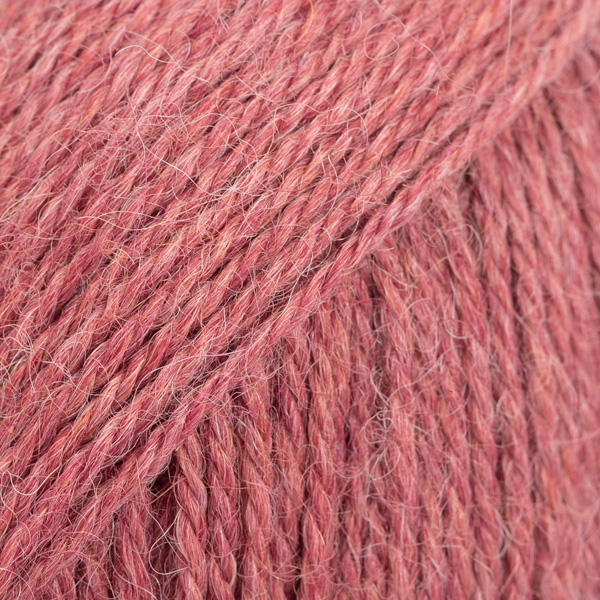



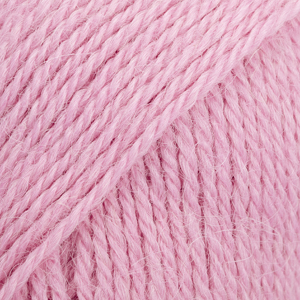
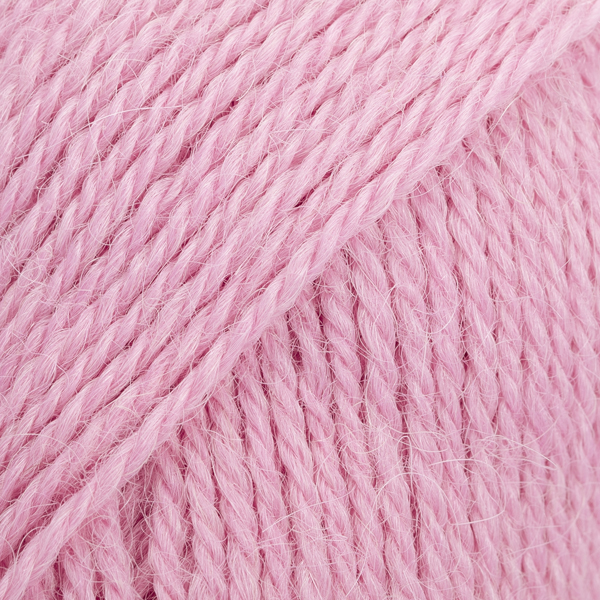


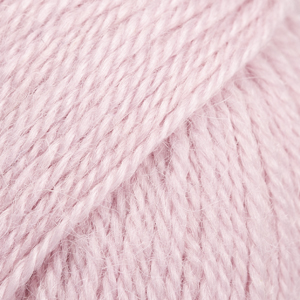
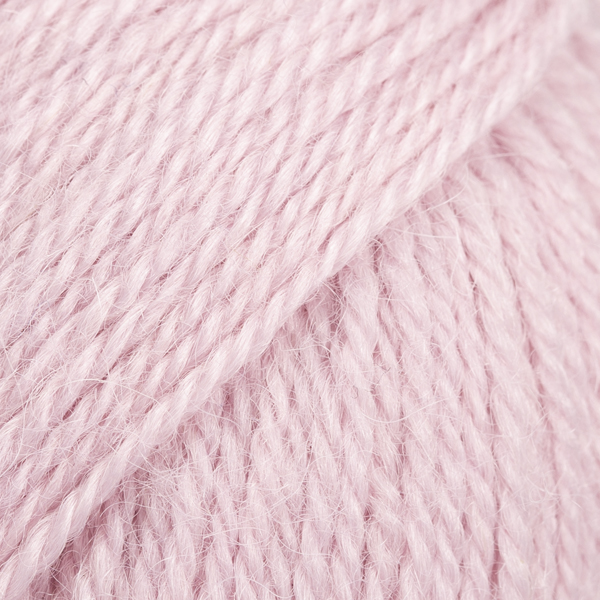







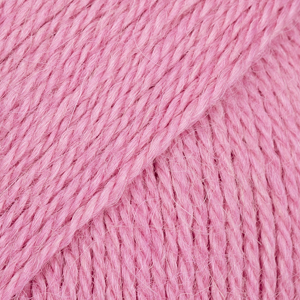




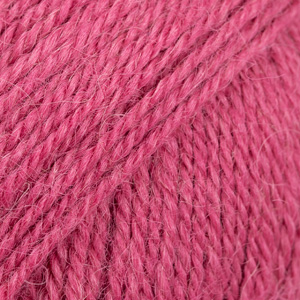
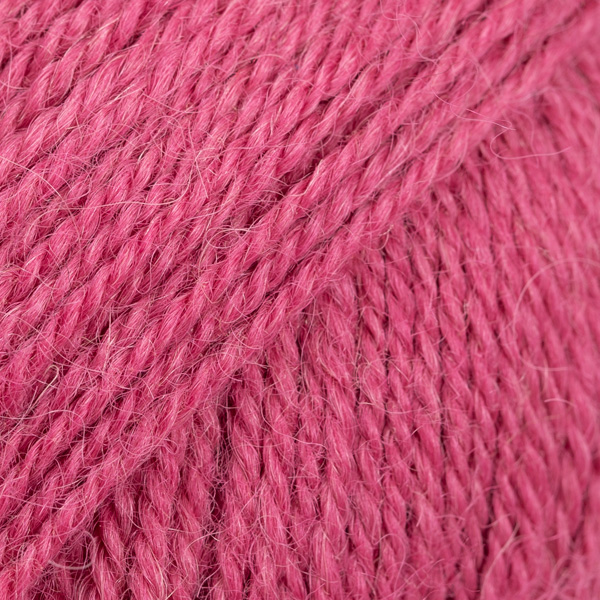


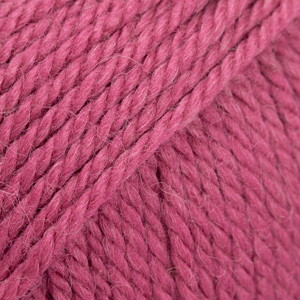
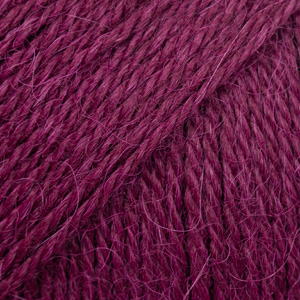
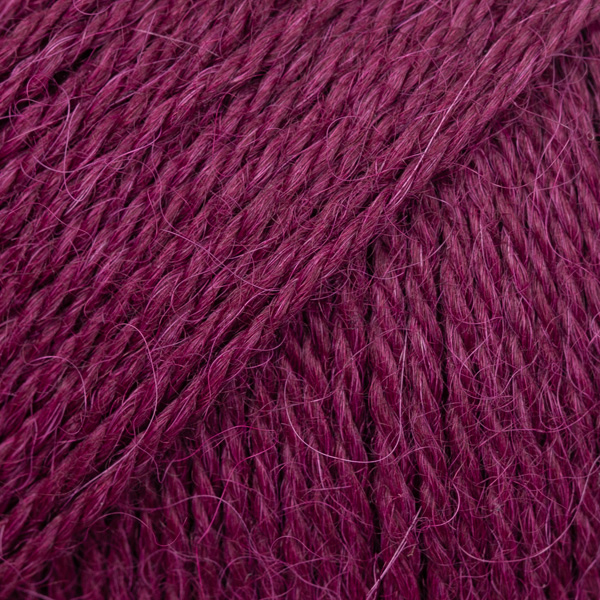

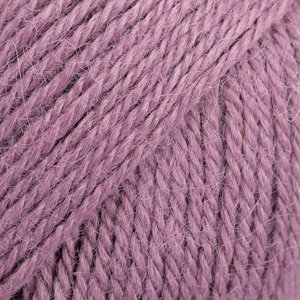
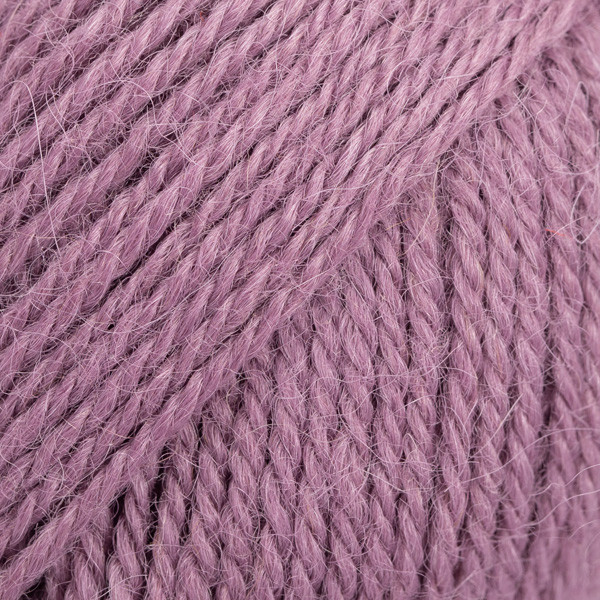


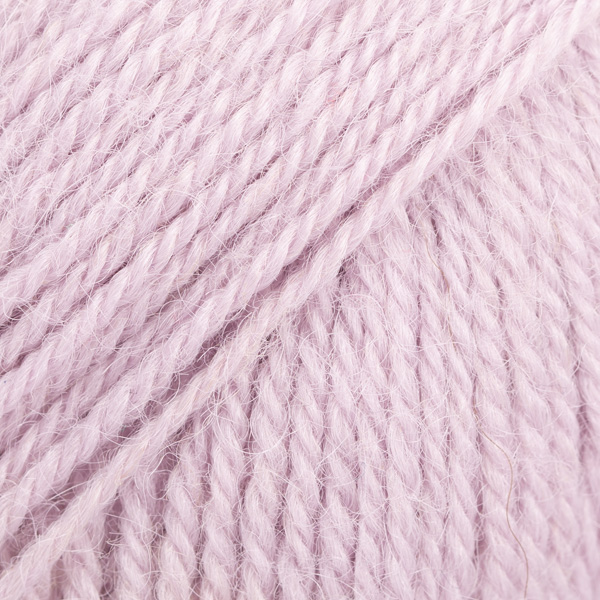

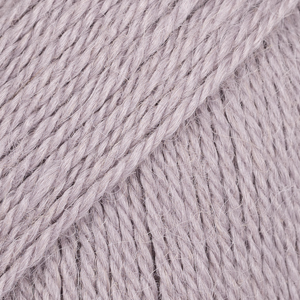
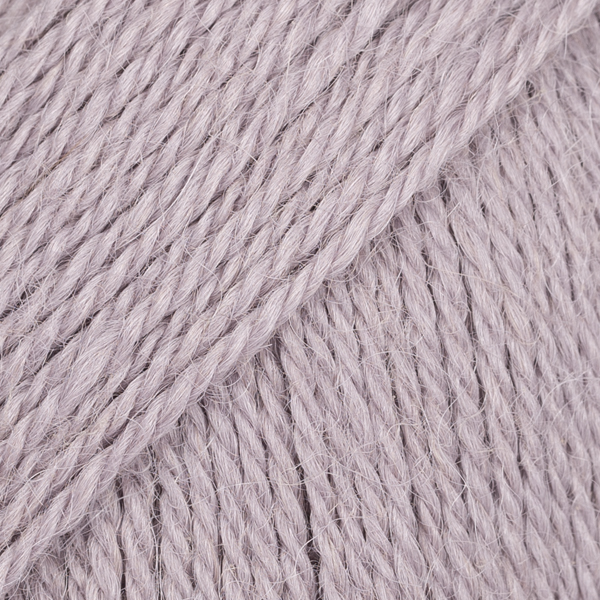



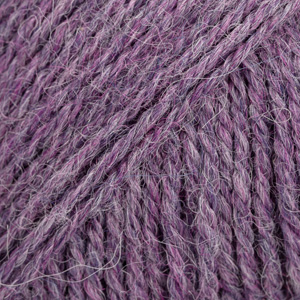
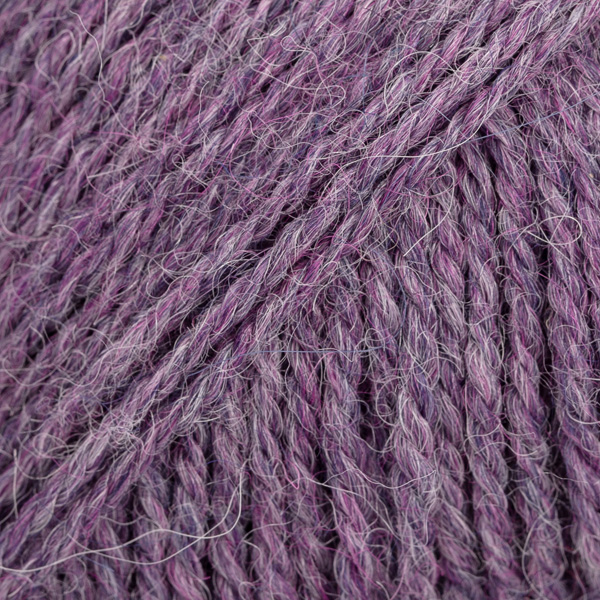



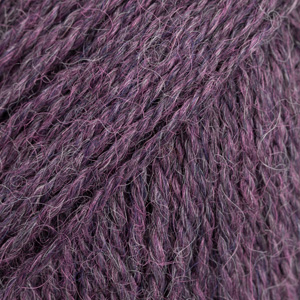
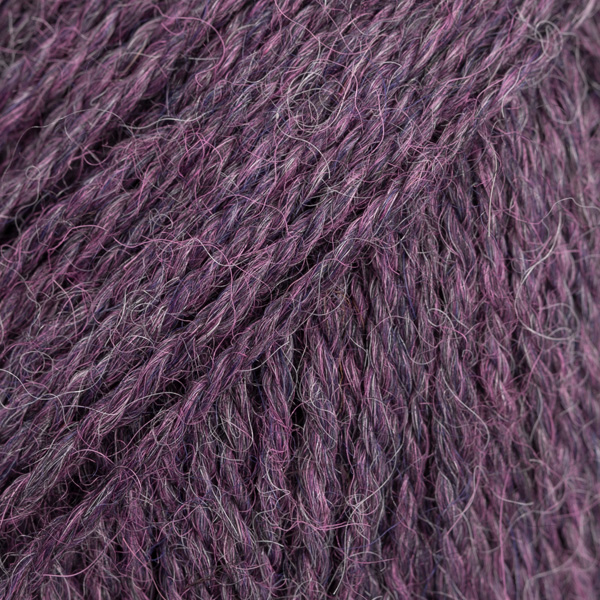
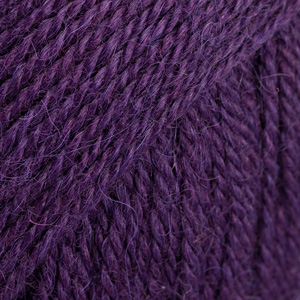
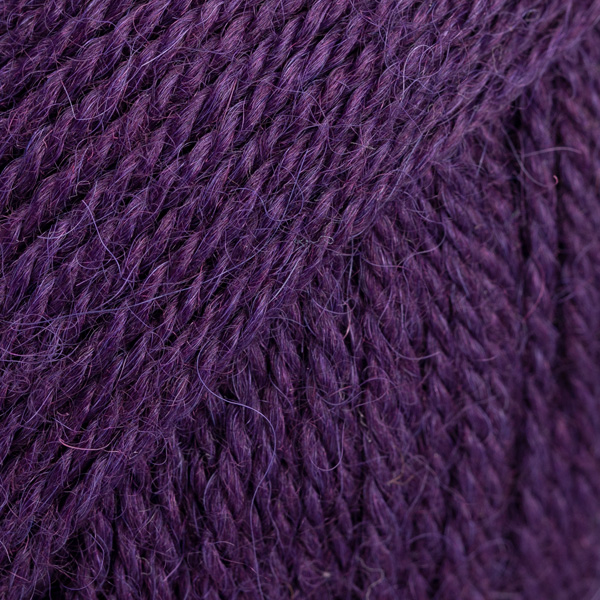



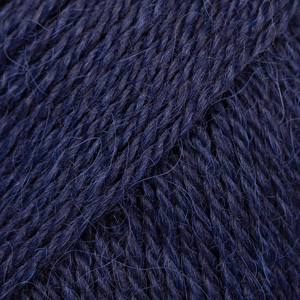
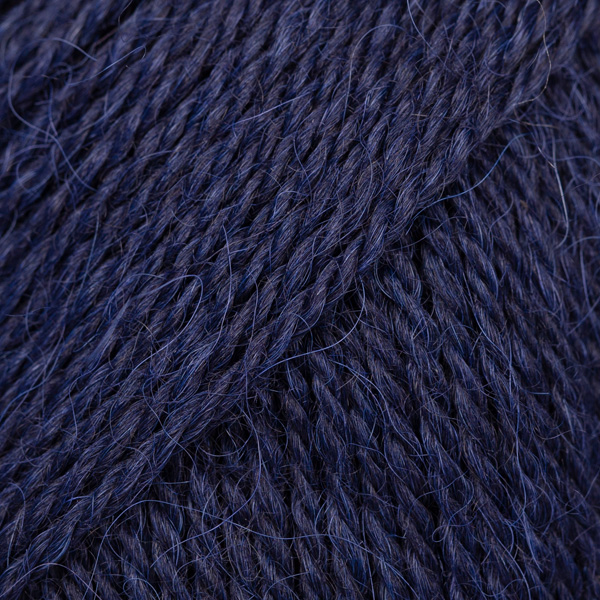
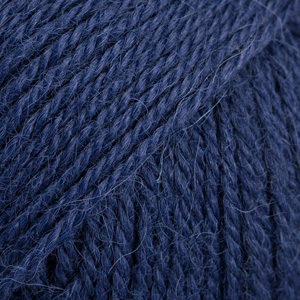
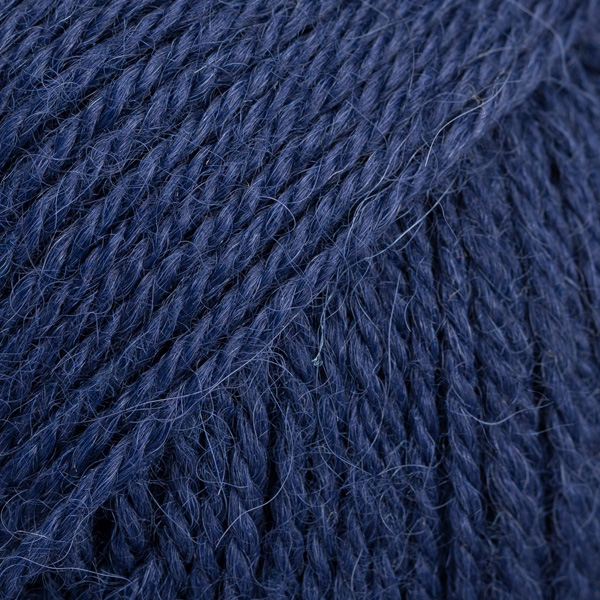




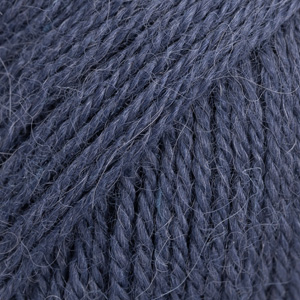




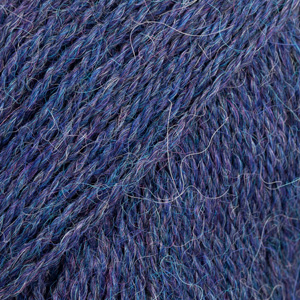
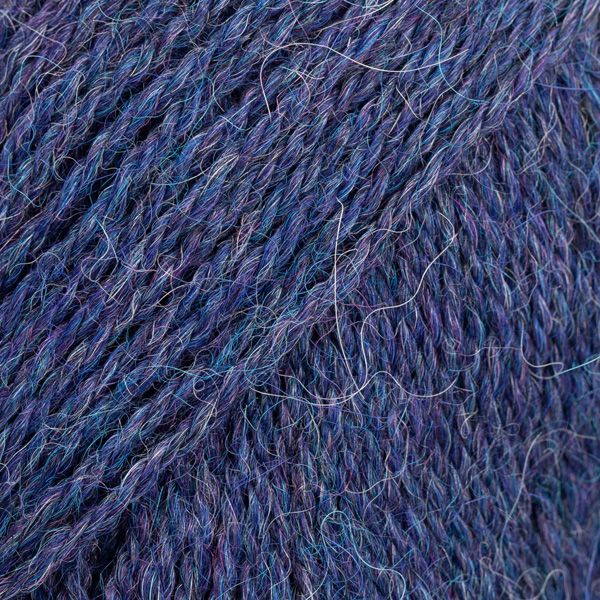
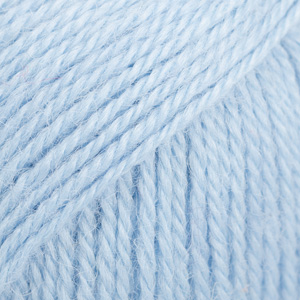
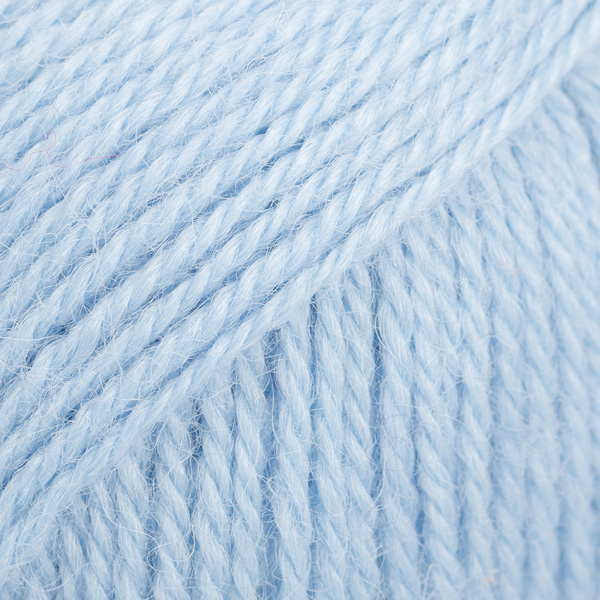

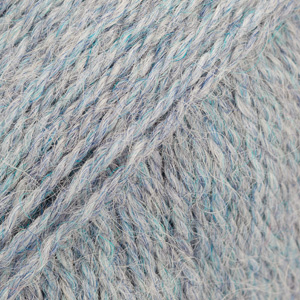
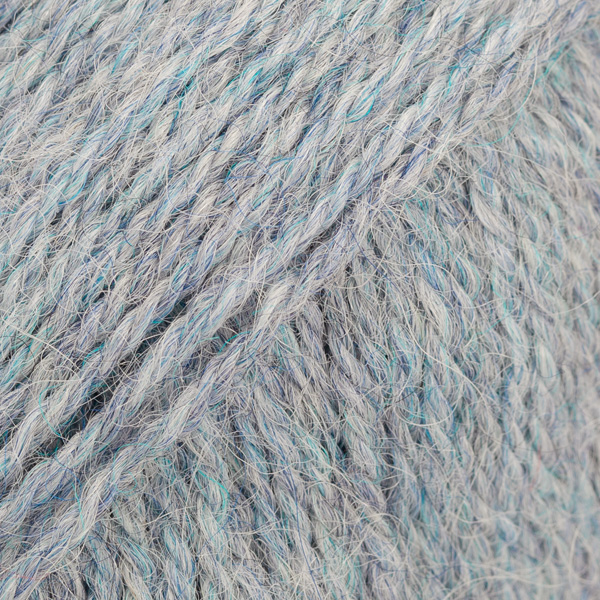
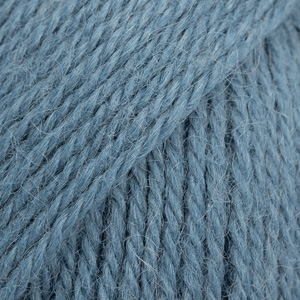
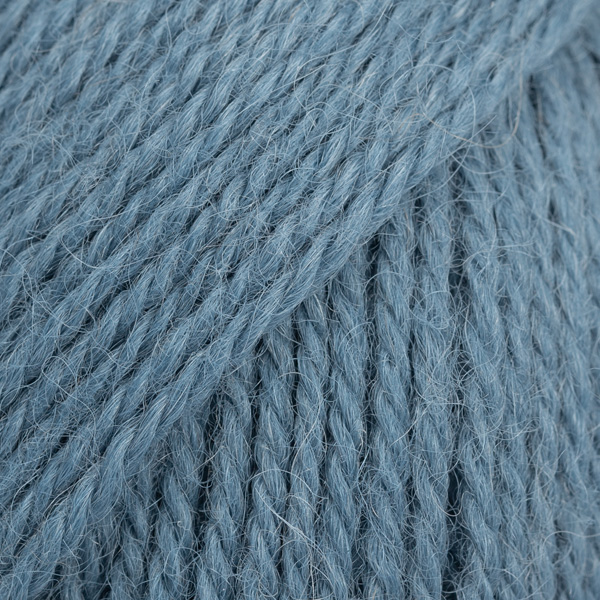

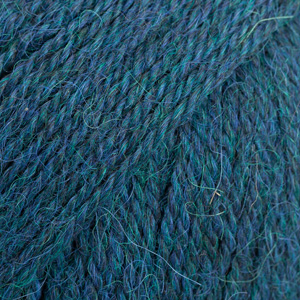
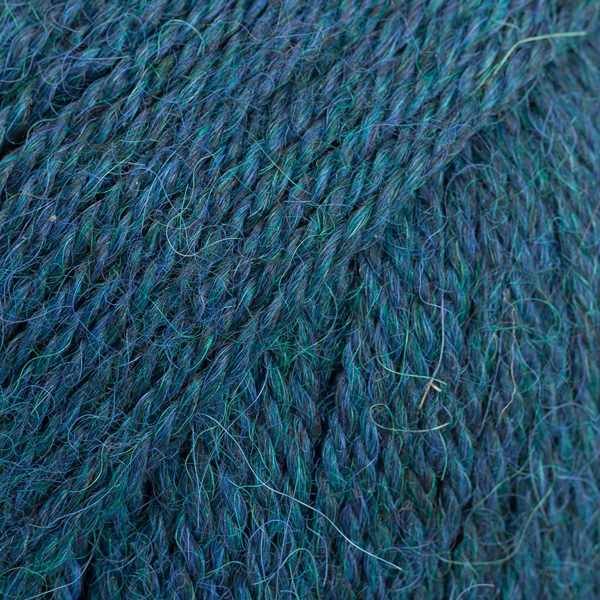
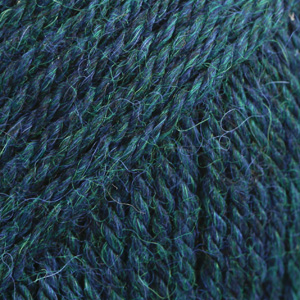

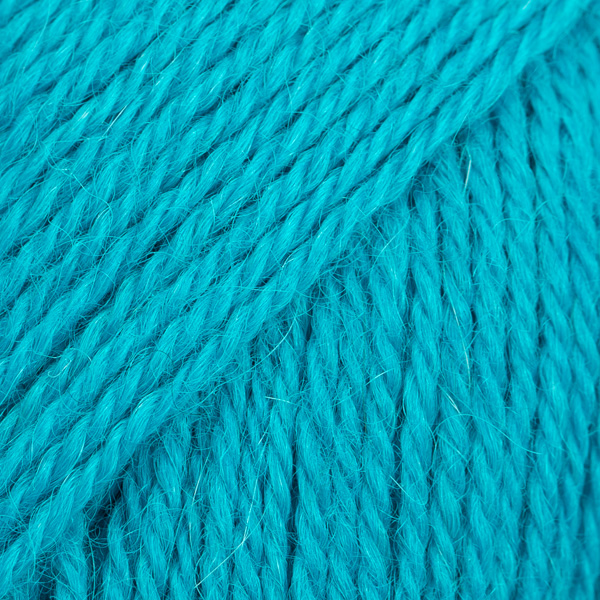
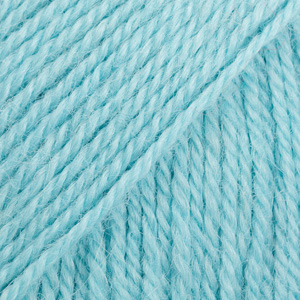

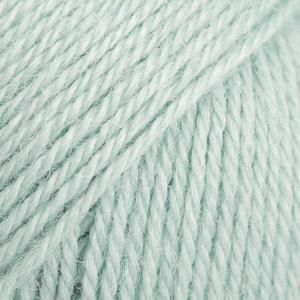
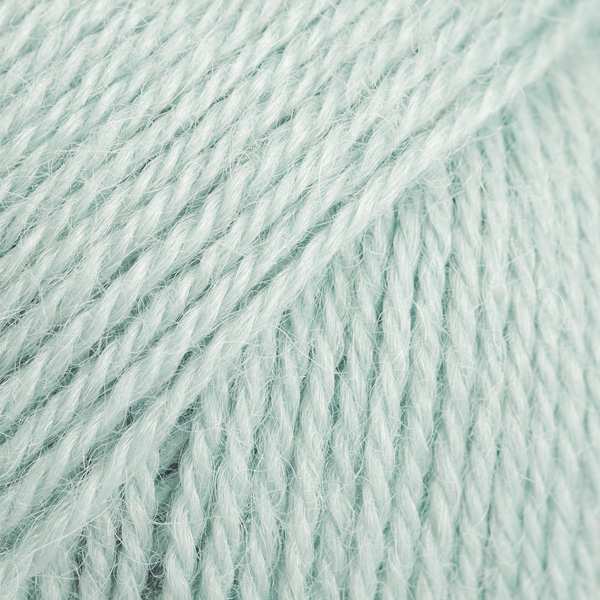
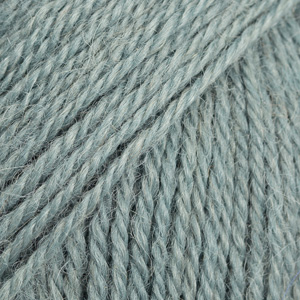
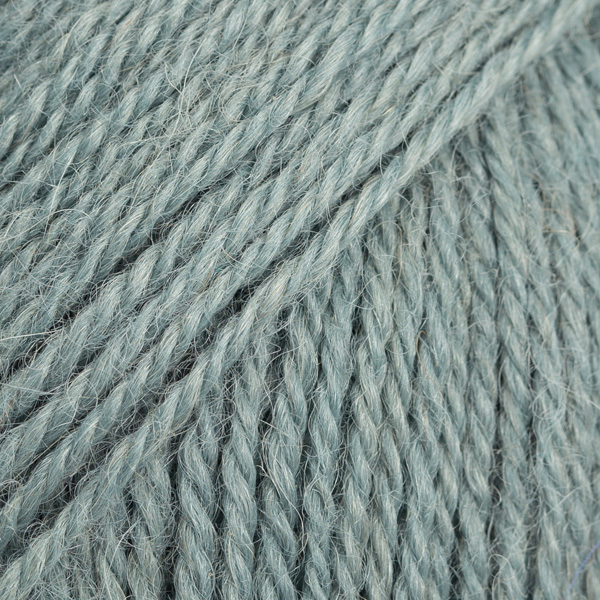
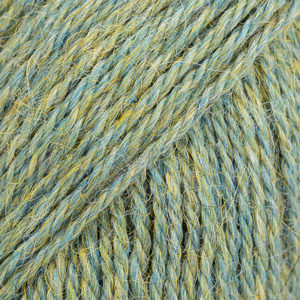
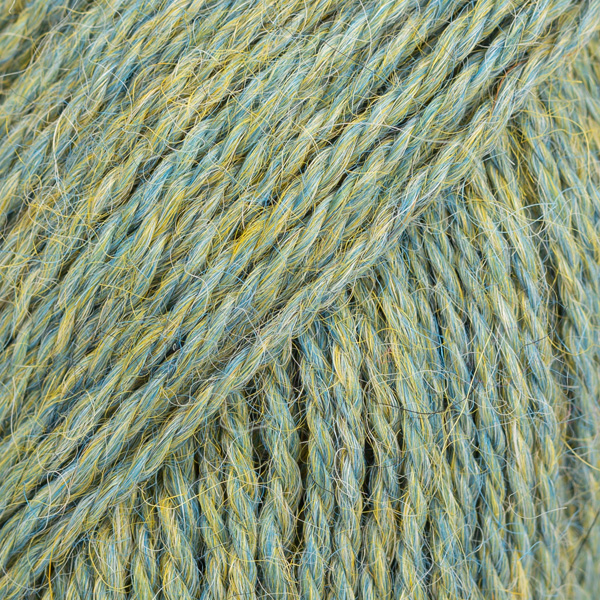
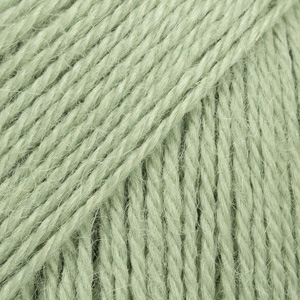
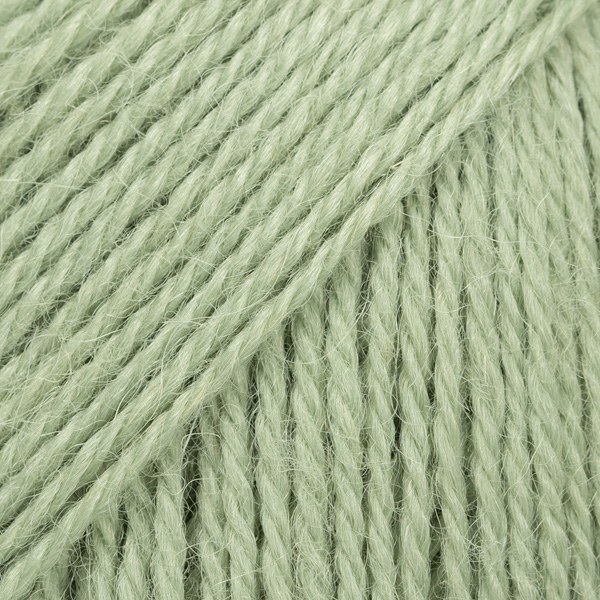
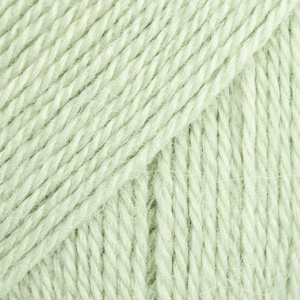
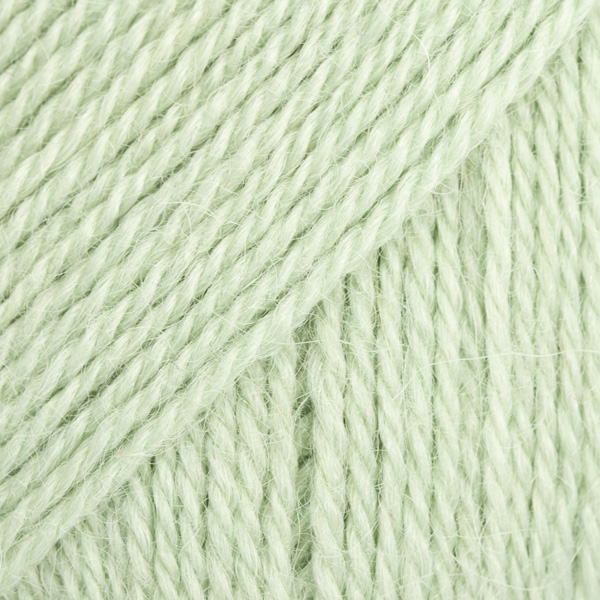










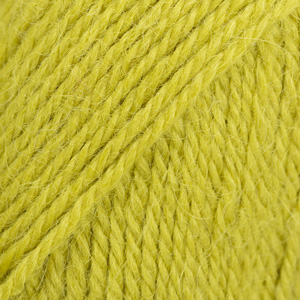
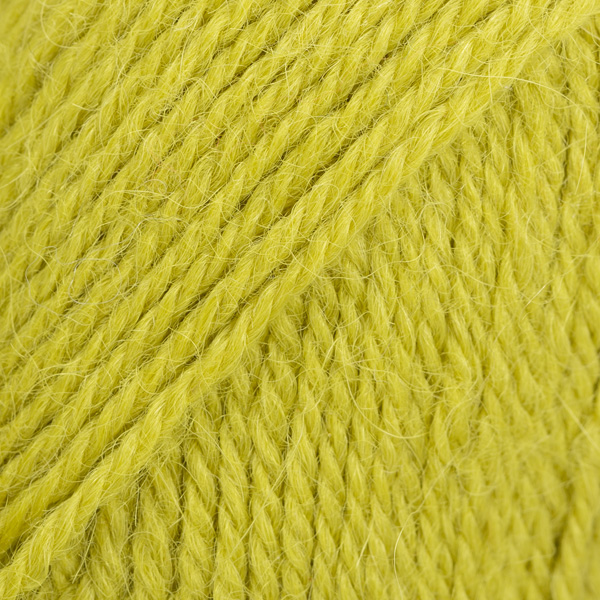



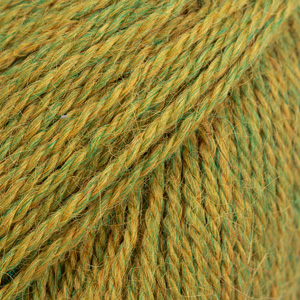
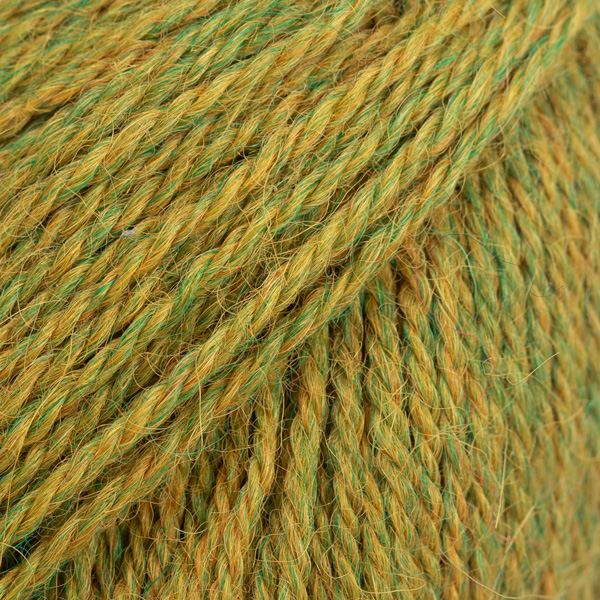
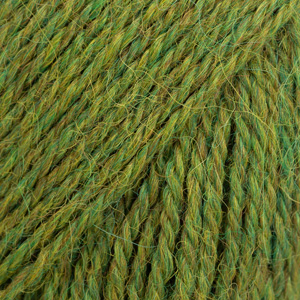
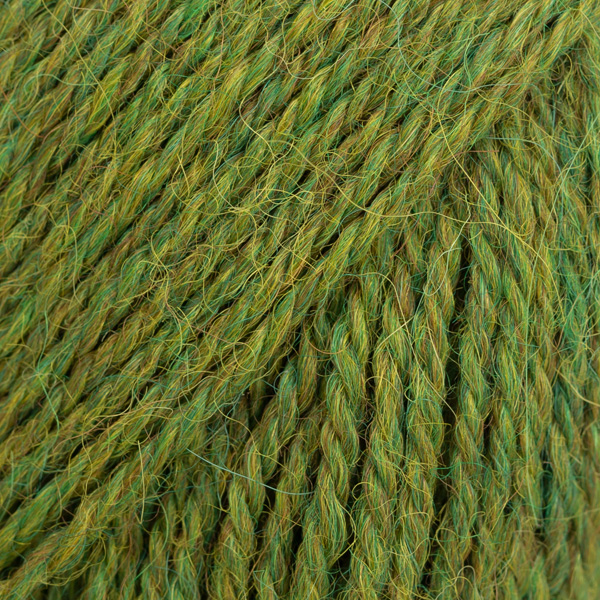



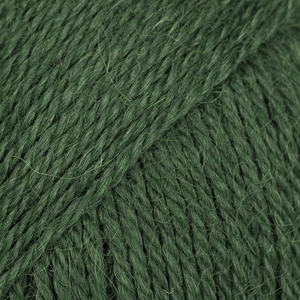
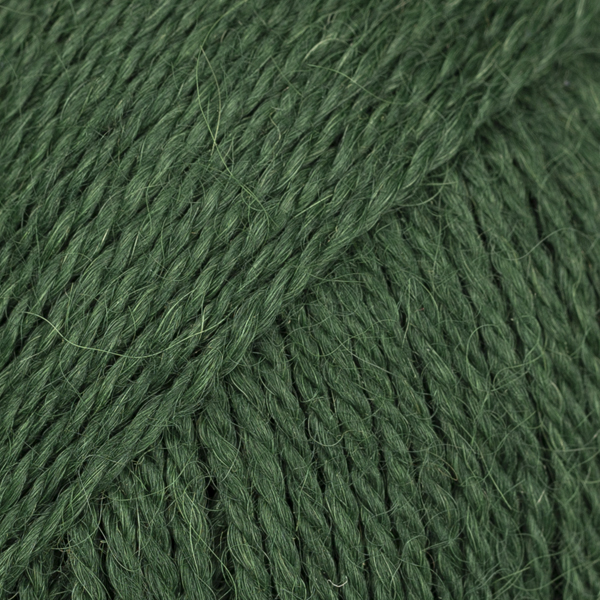



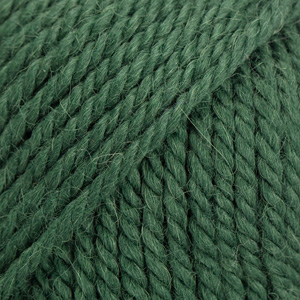


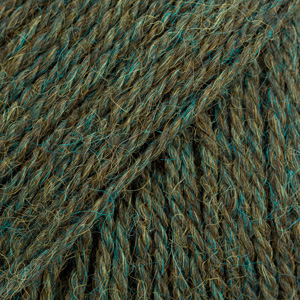
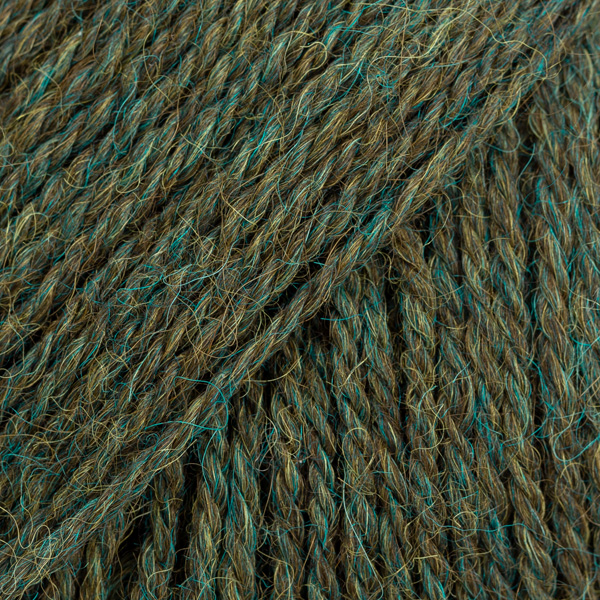
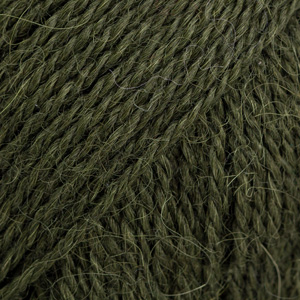
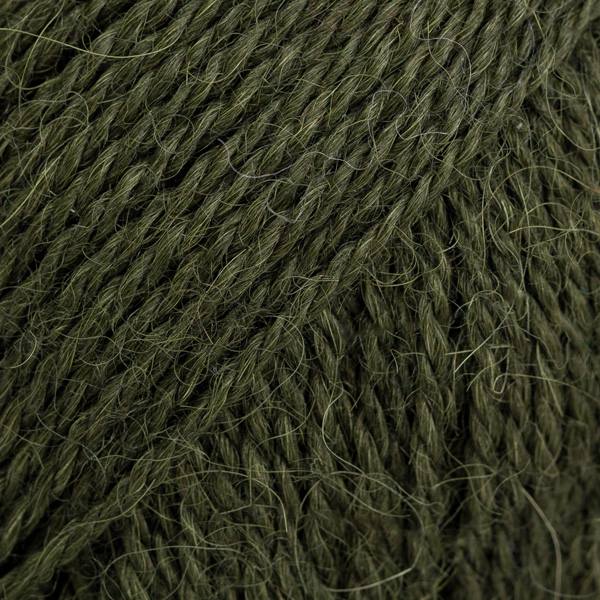


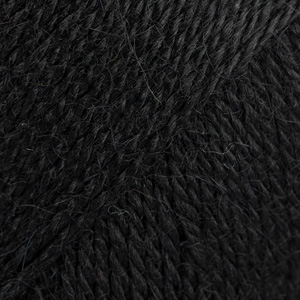
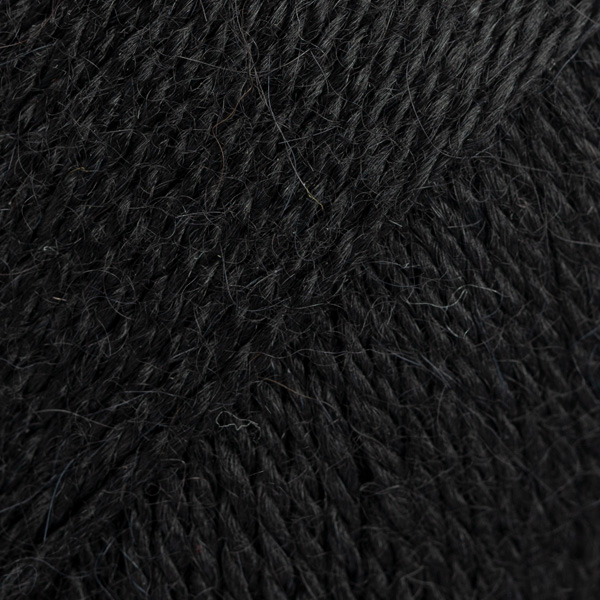

















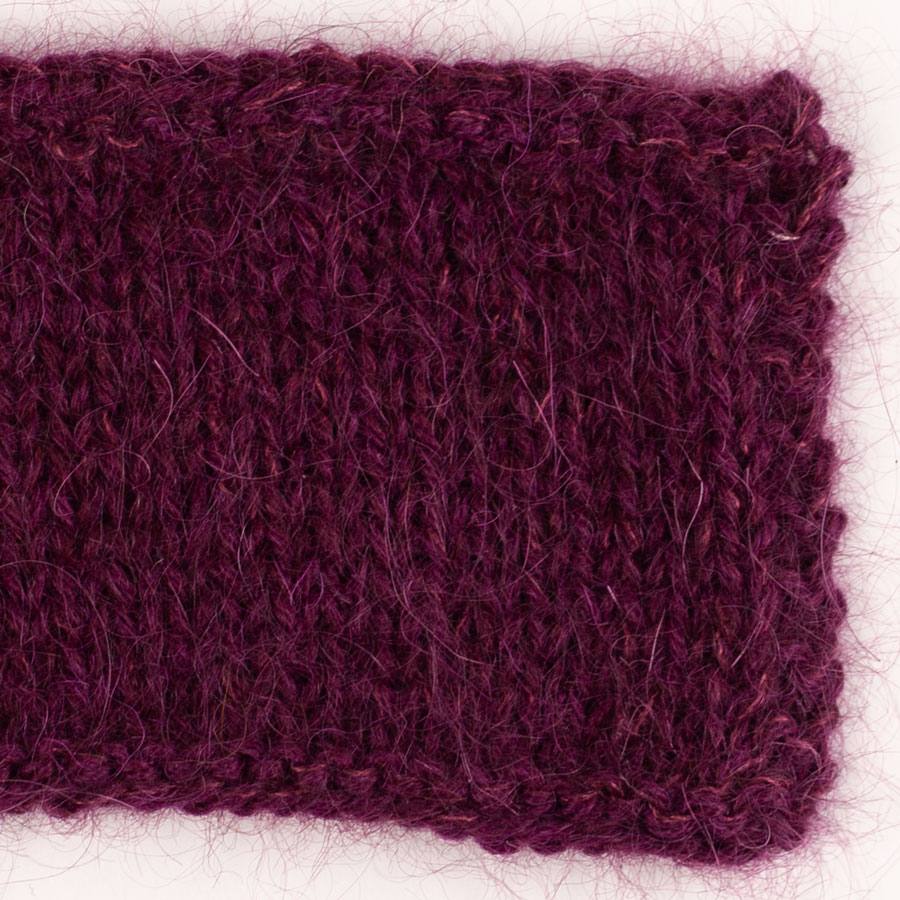
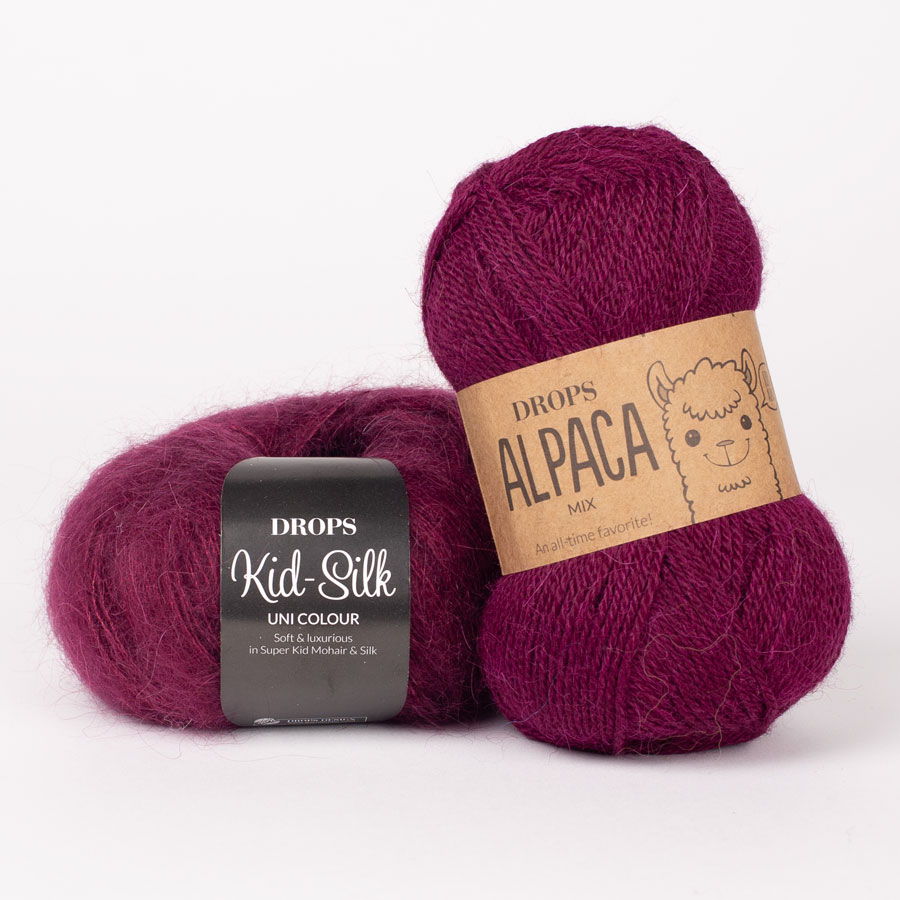
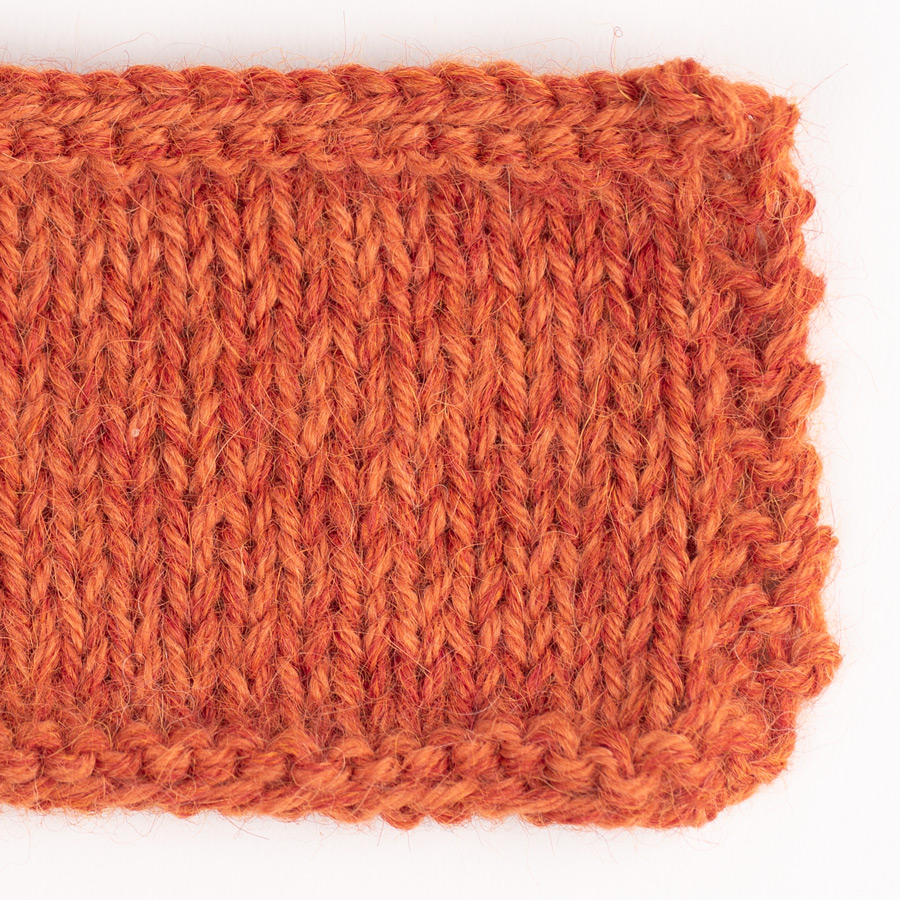
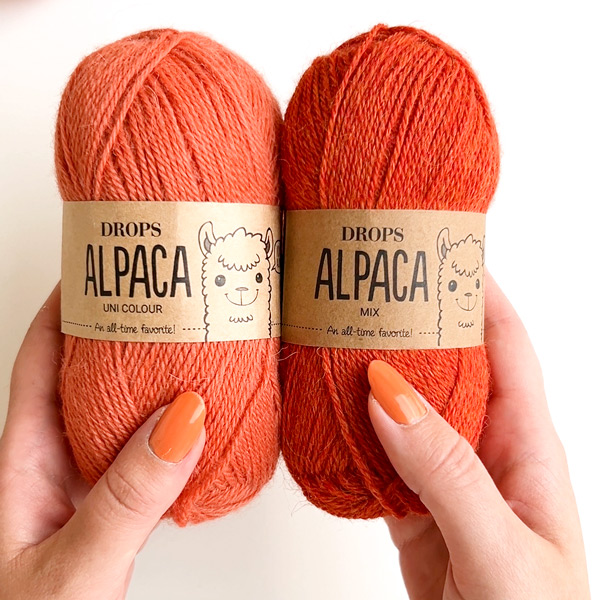
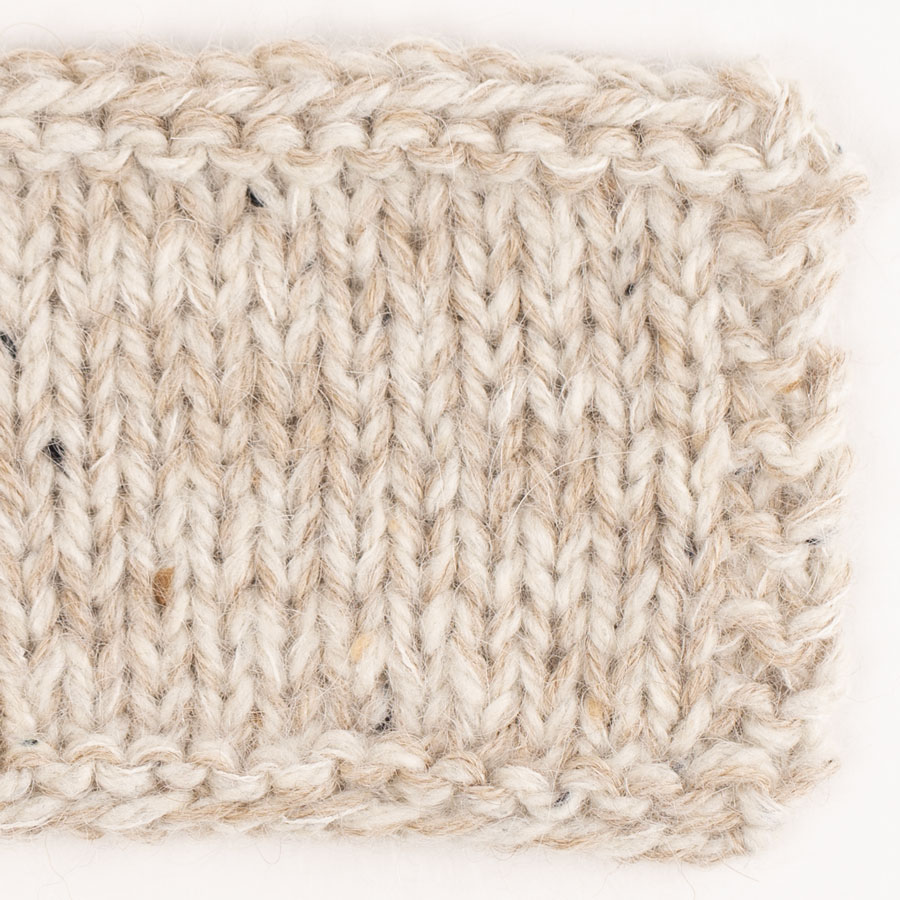
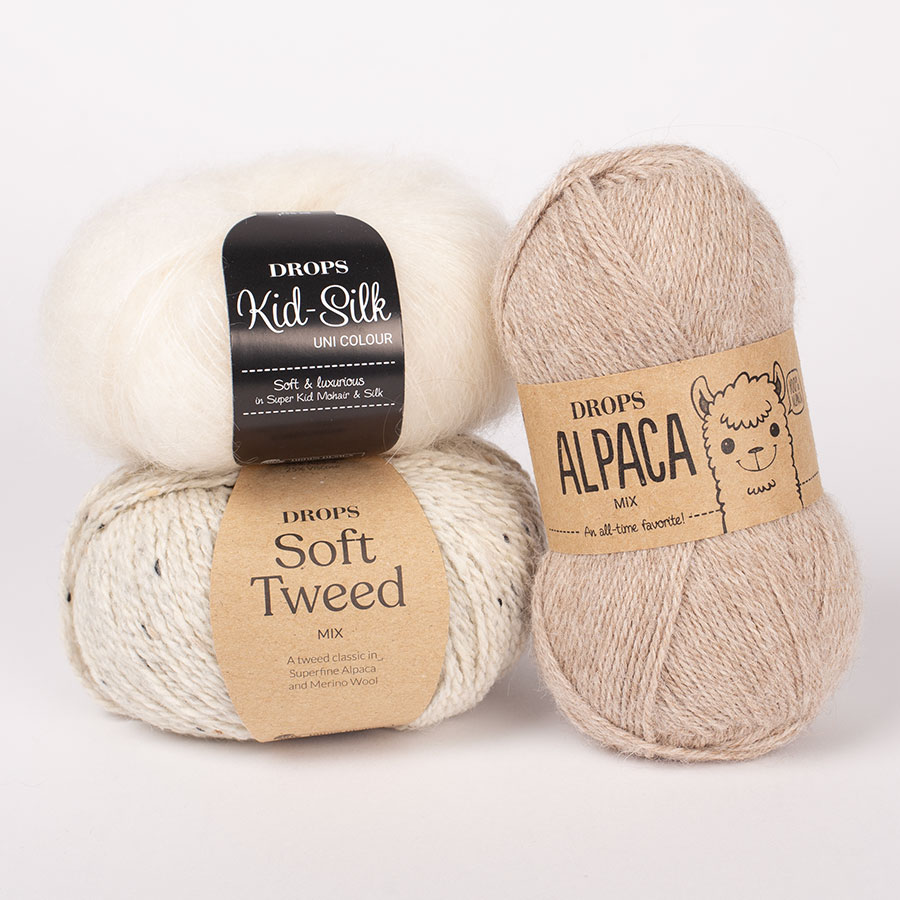
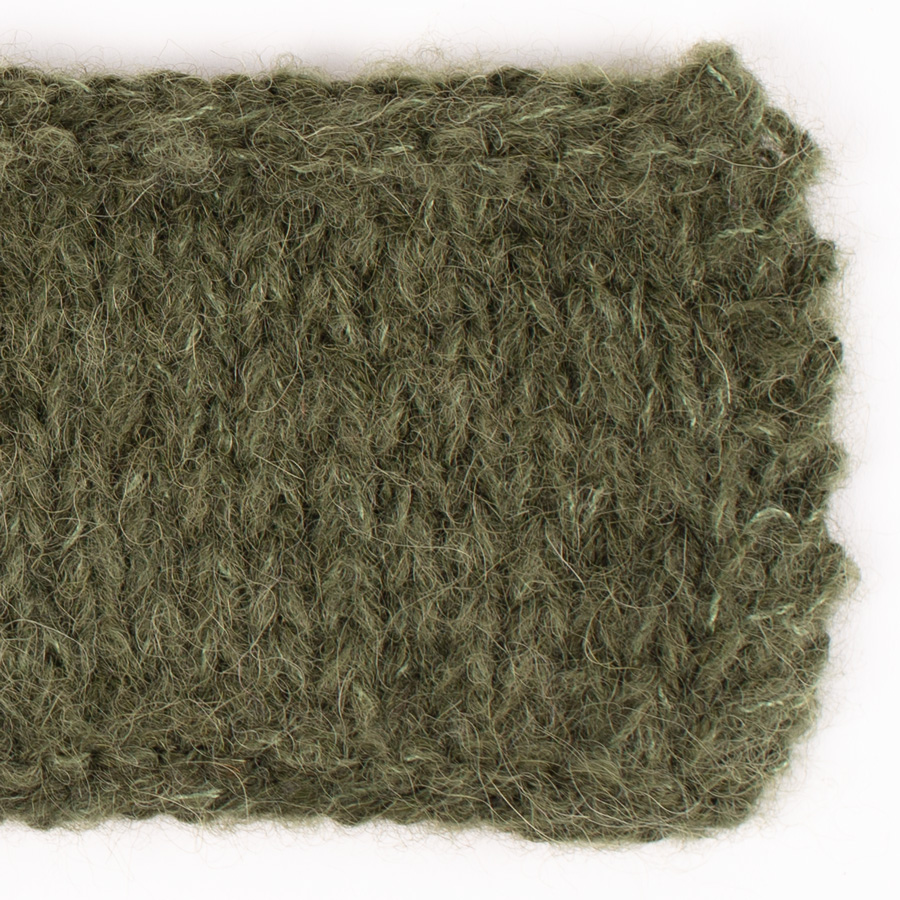
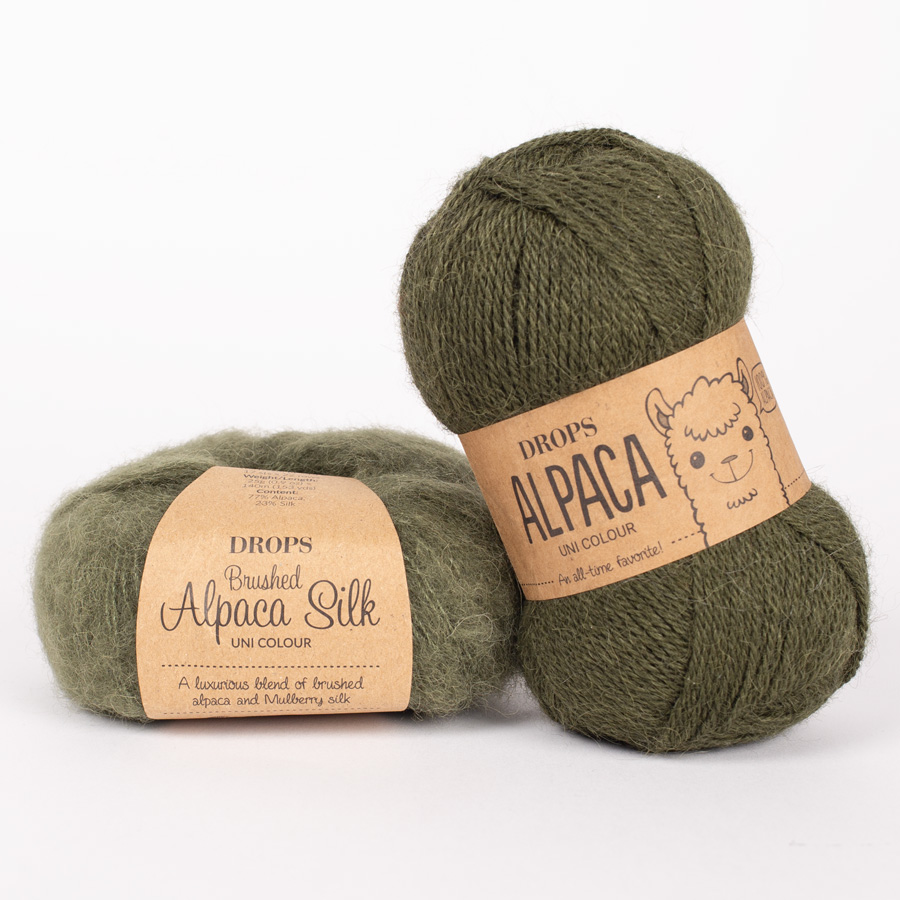
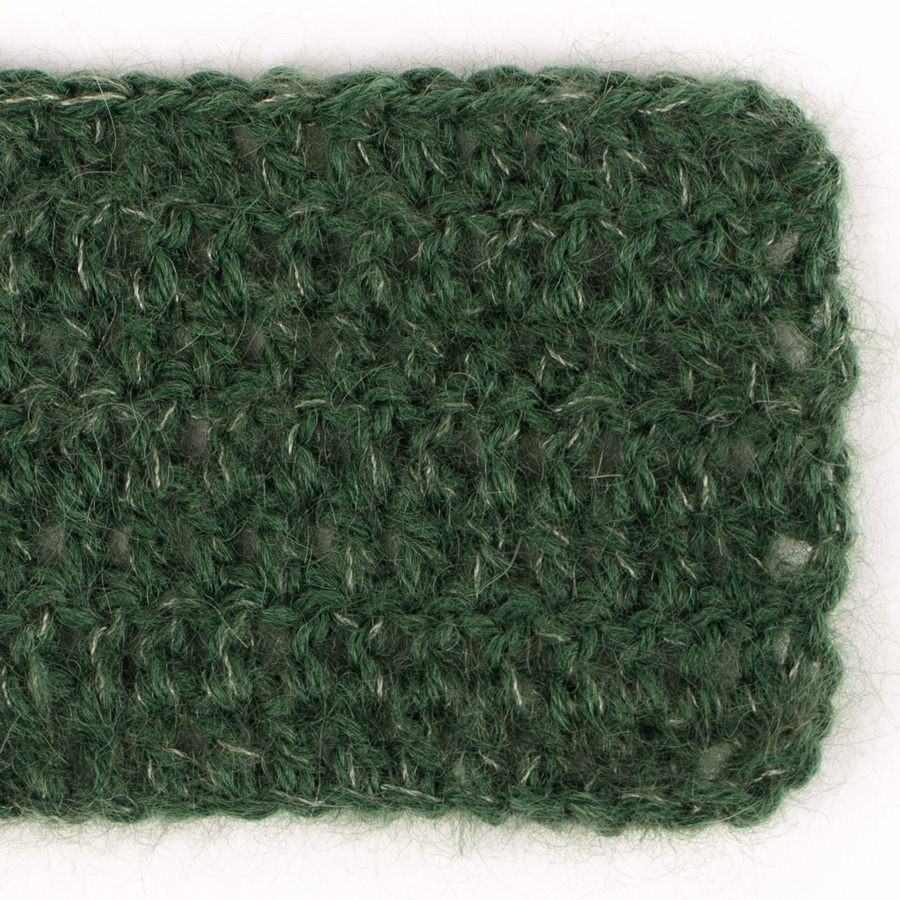

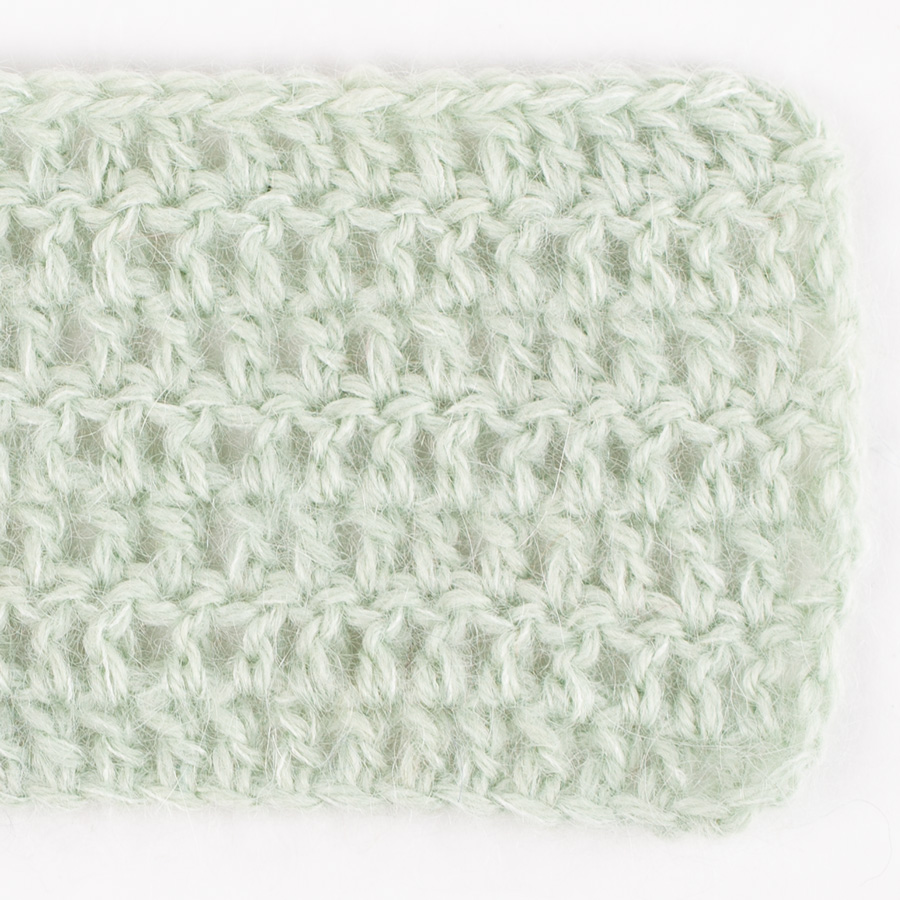

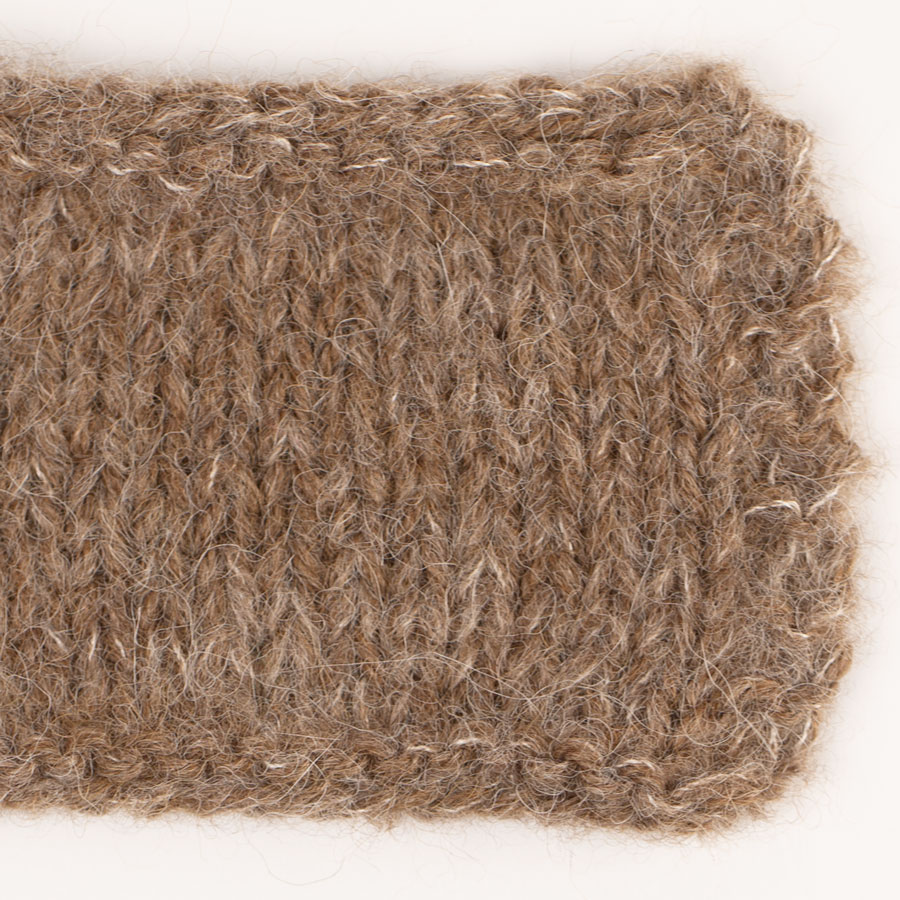
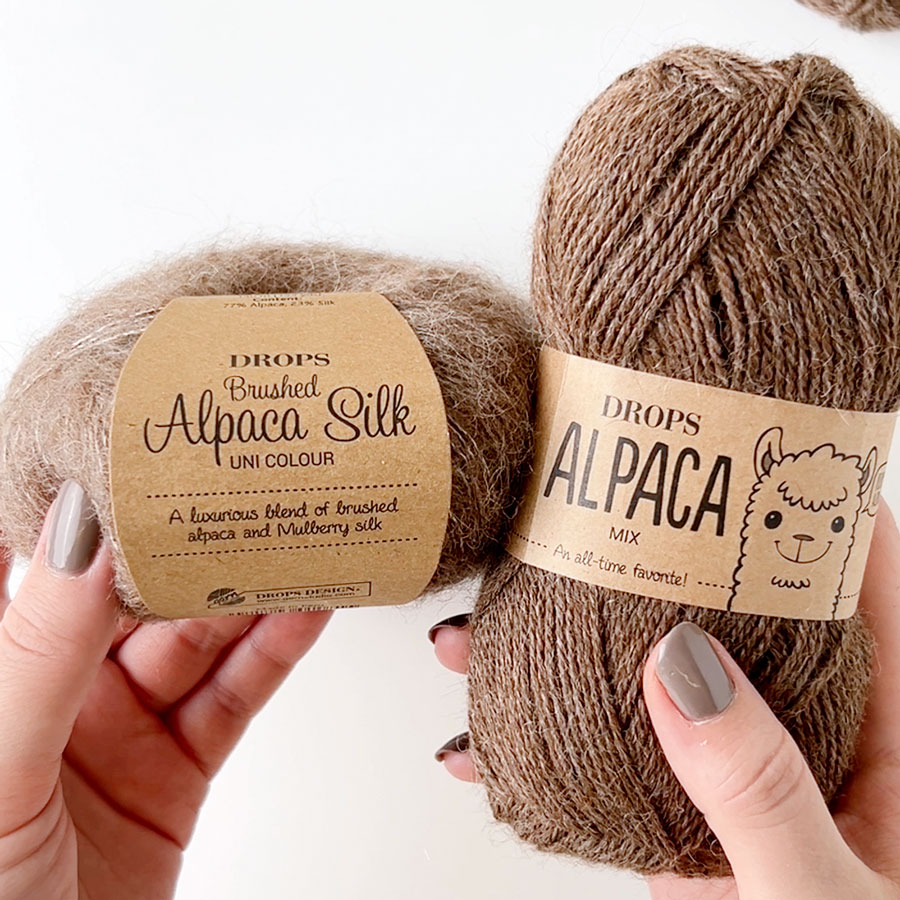

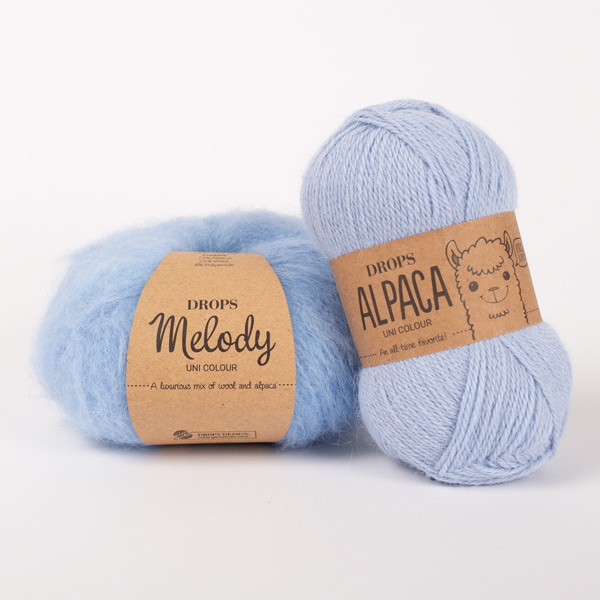
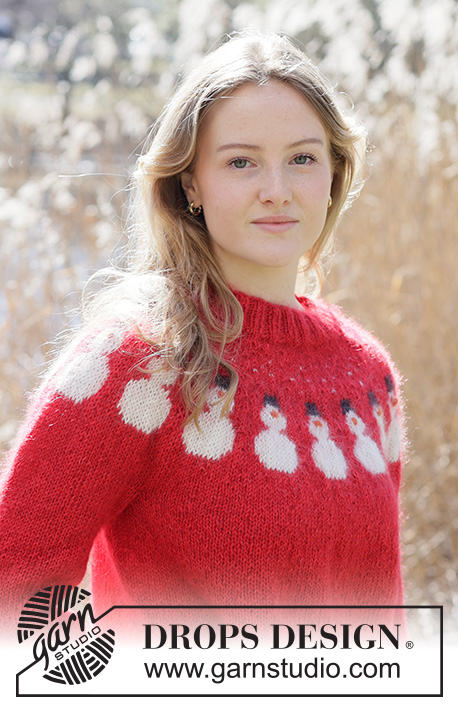







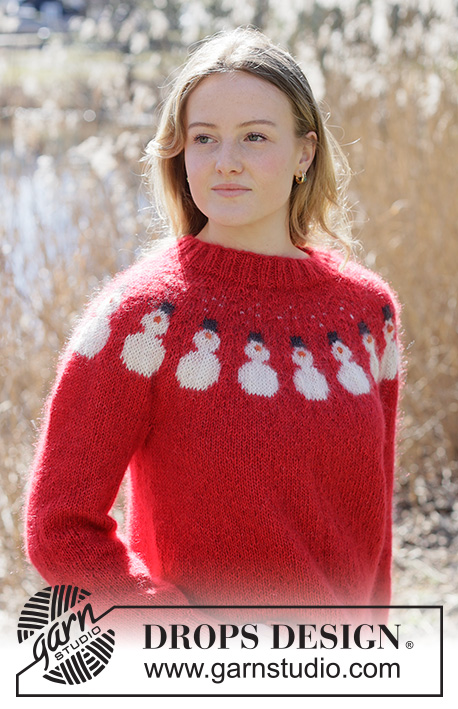
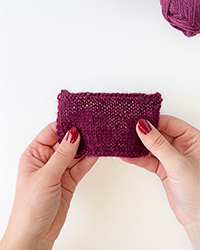

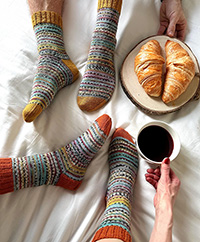
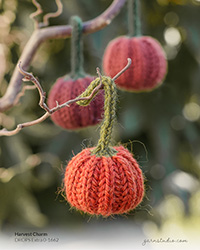


Hoe diervriendelijk is de alpaca wol?
07.09.2020 - 14:17